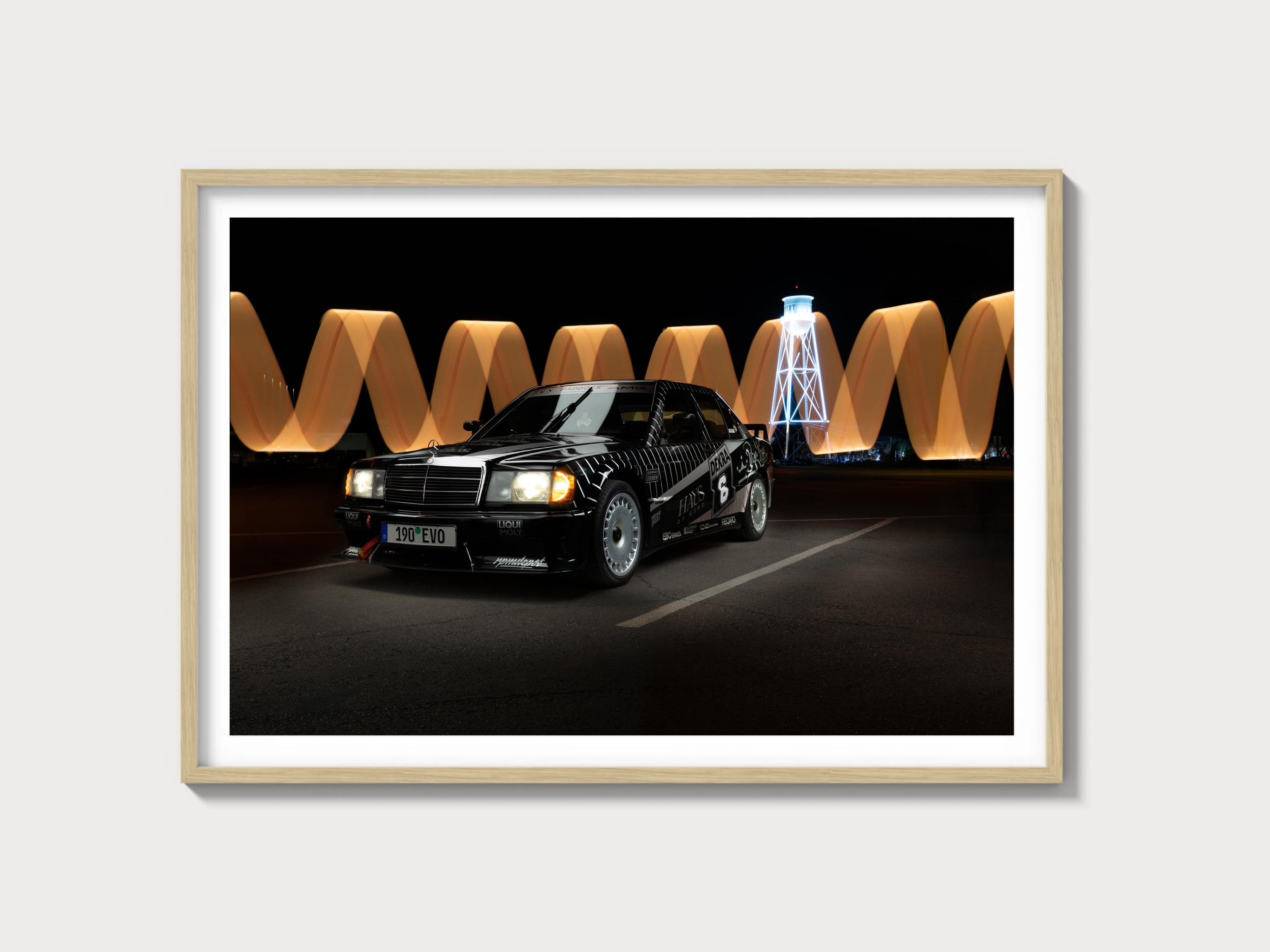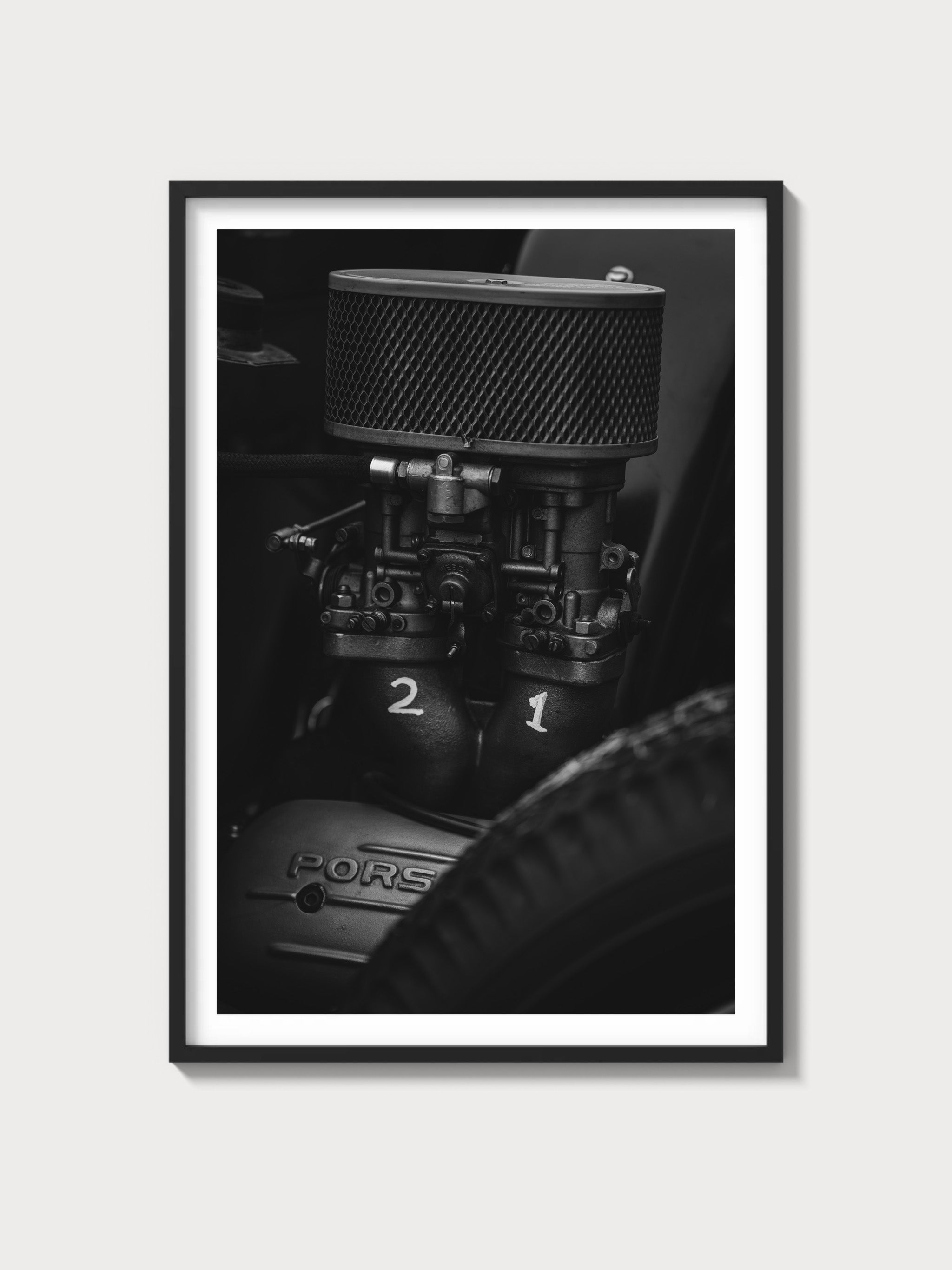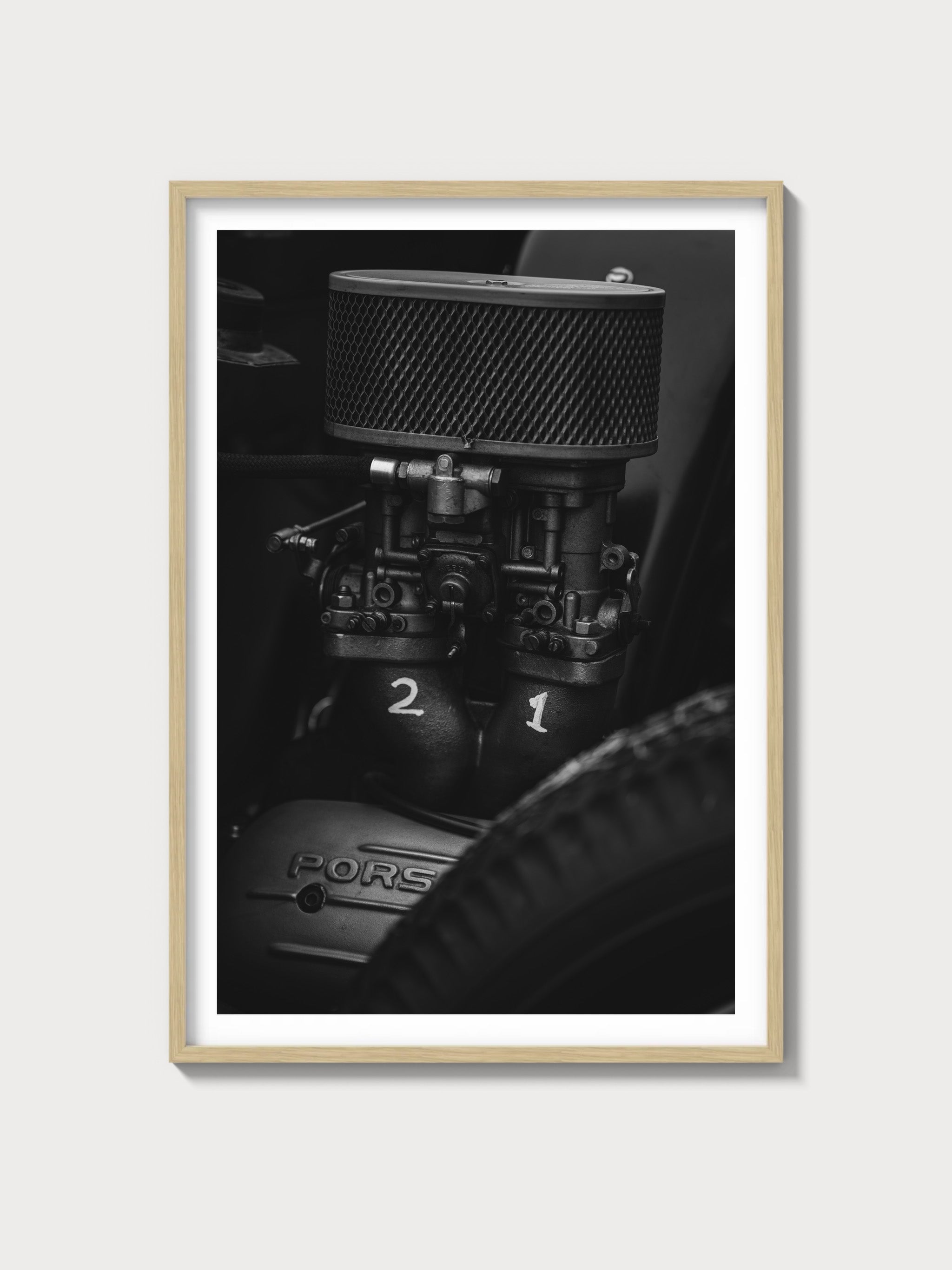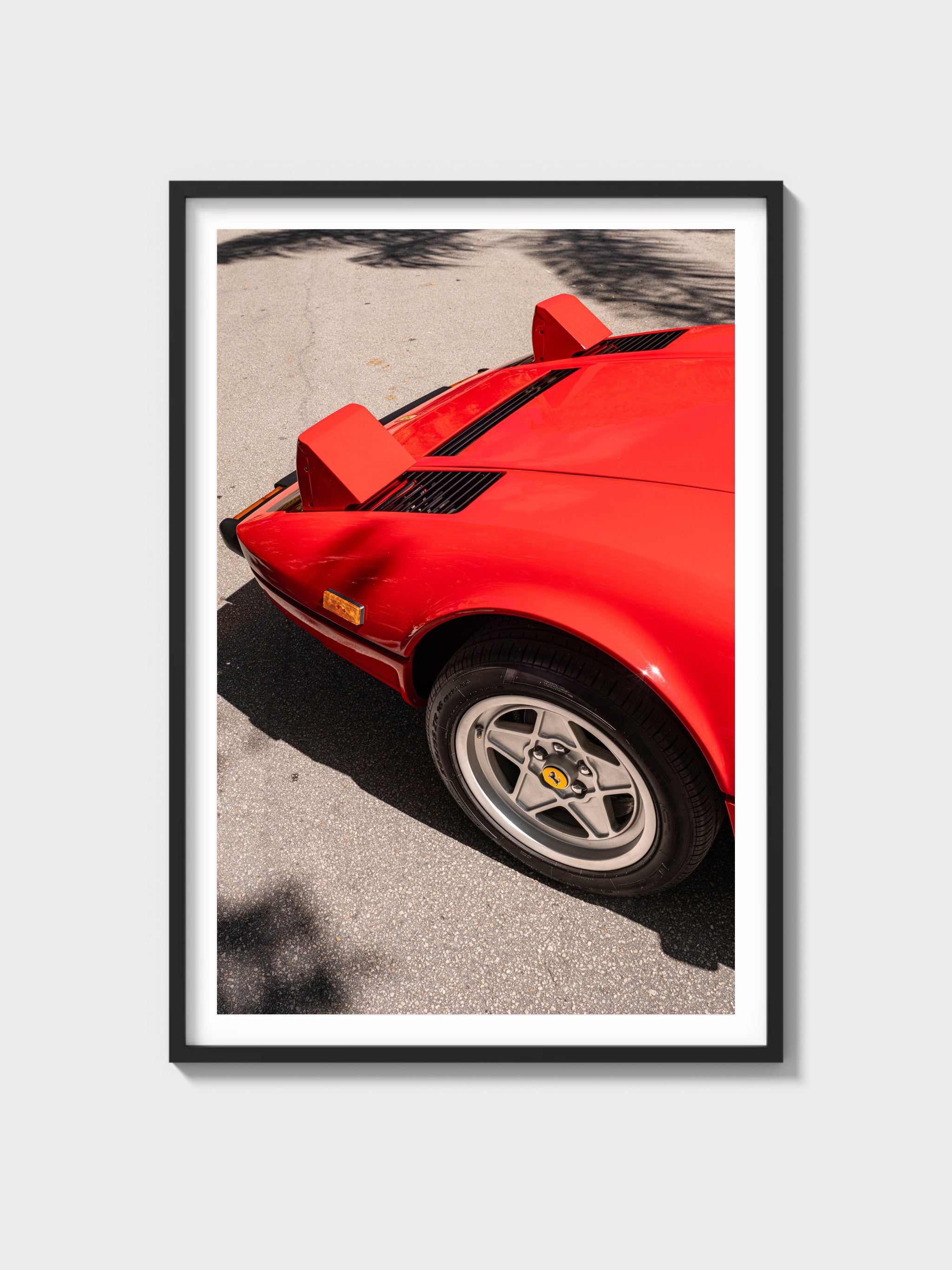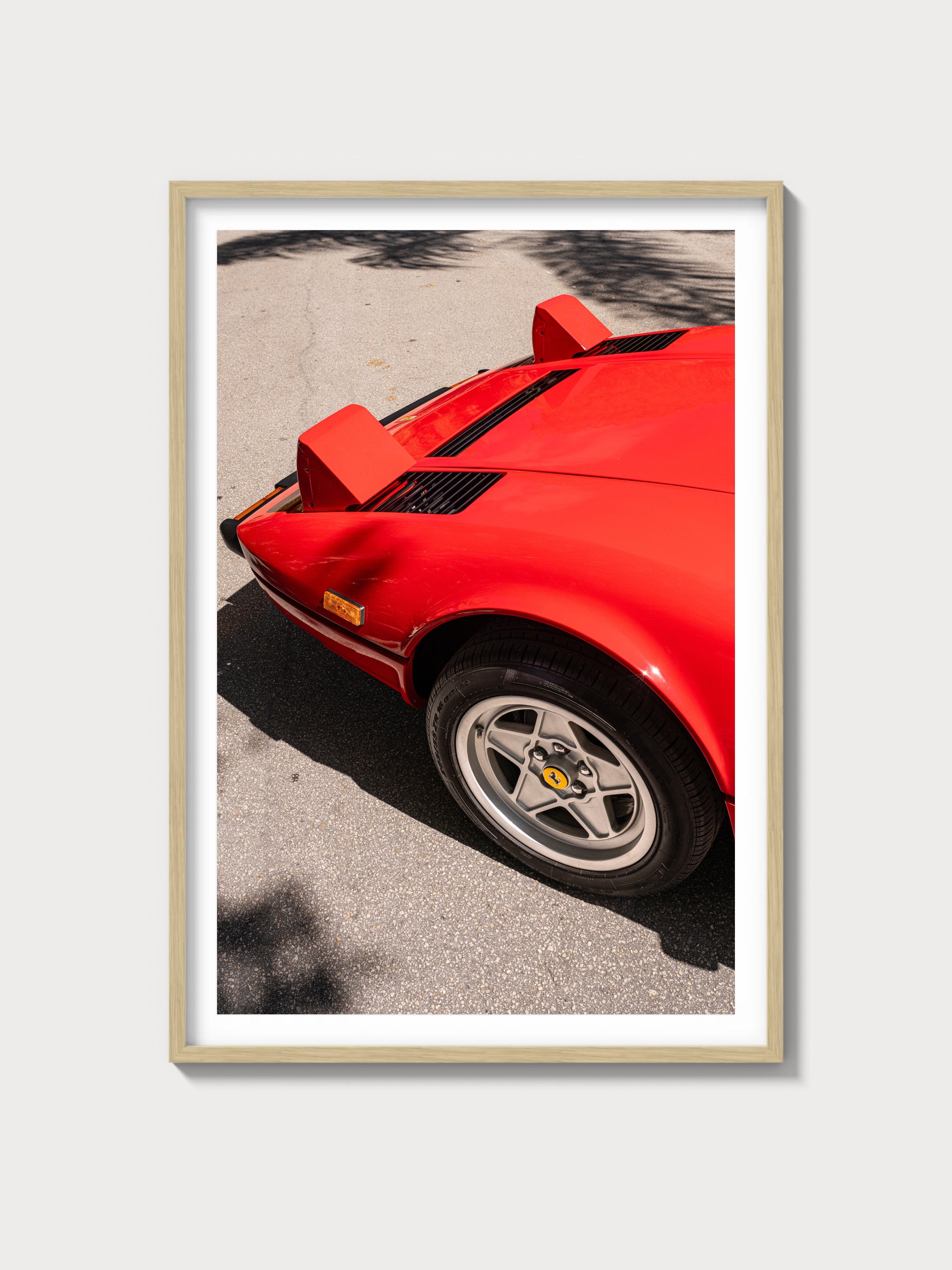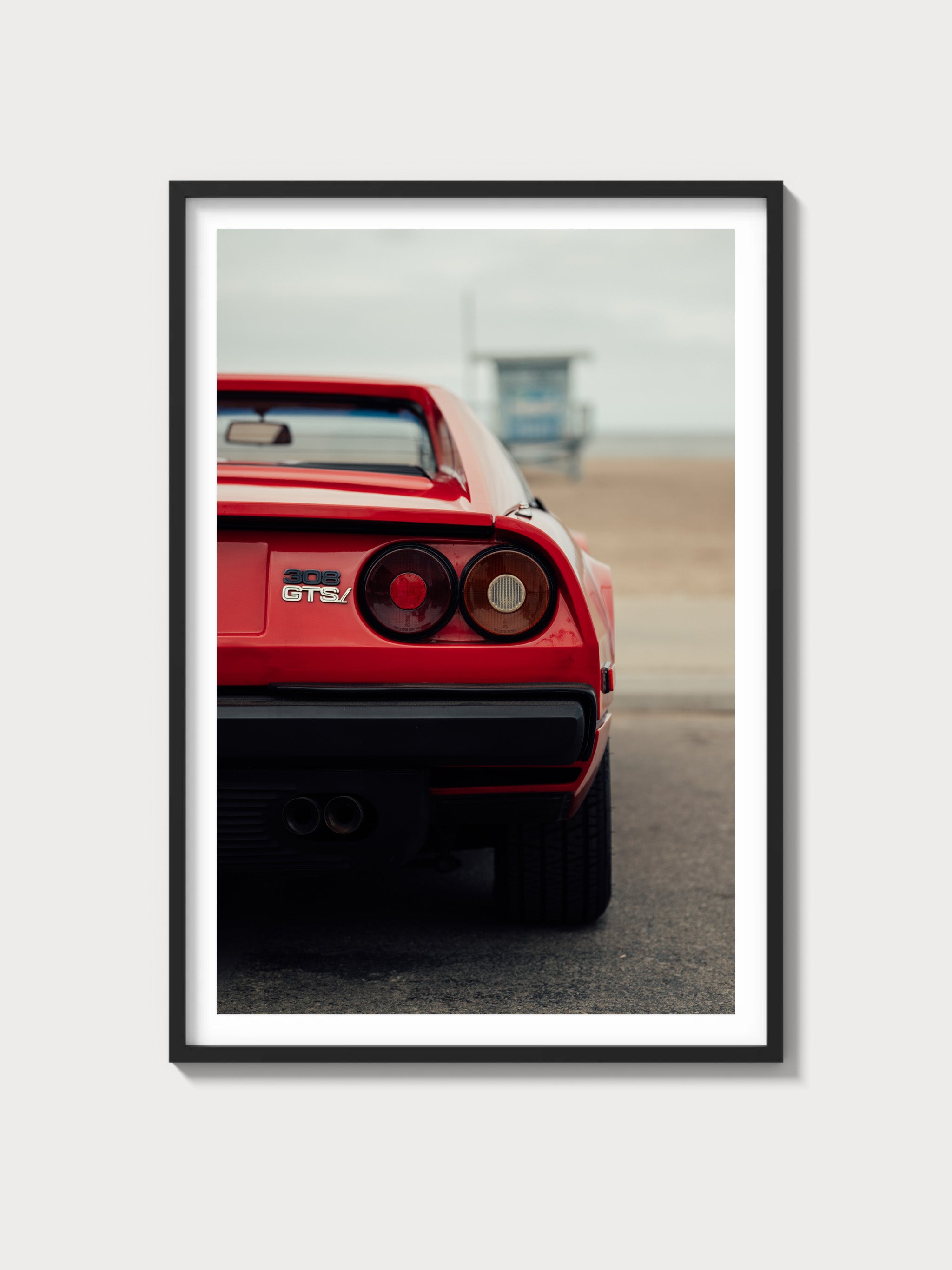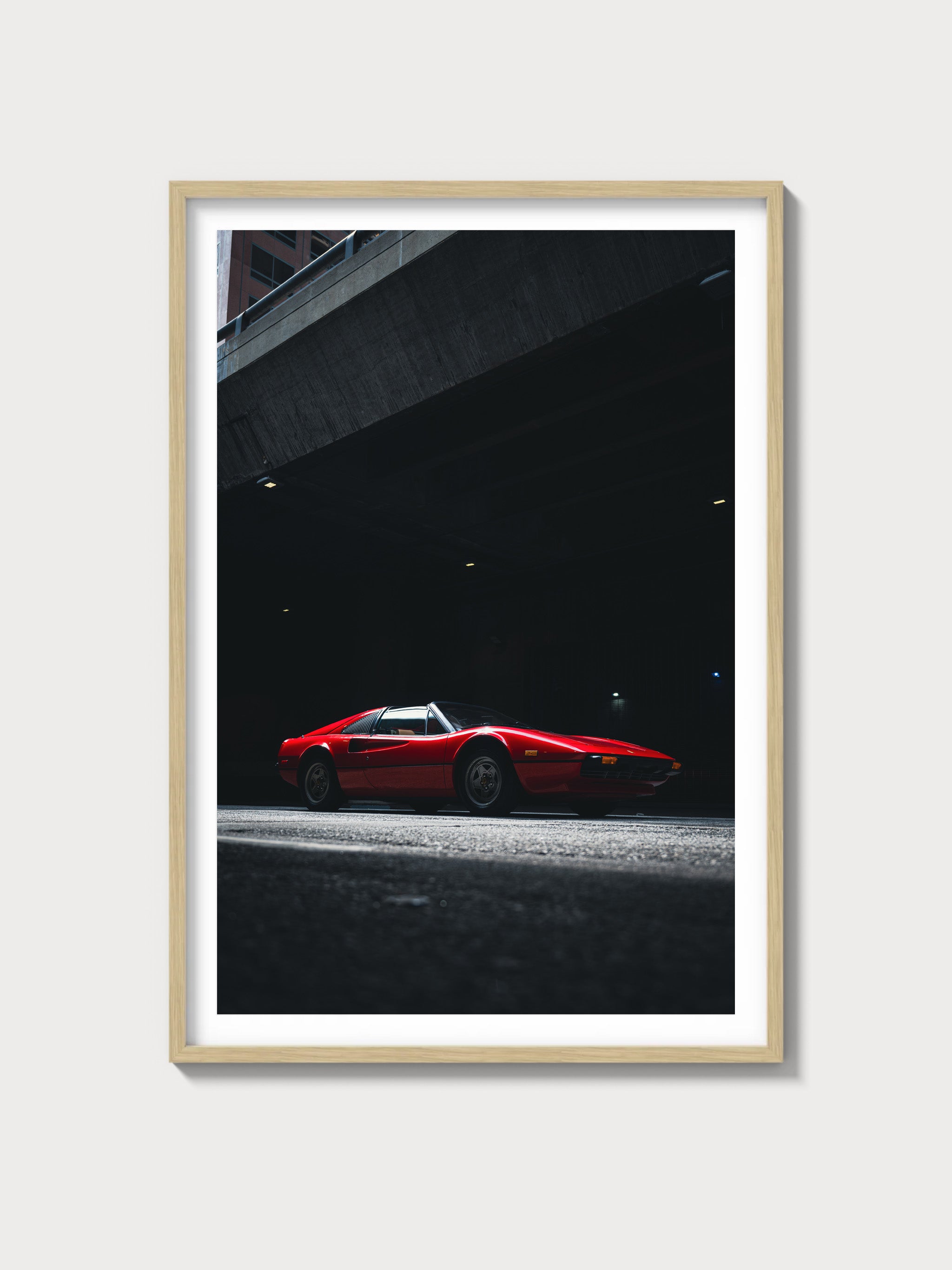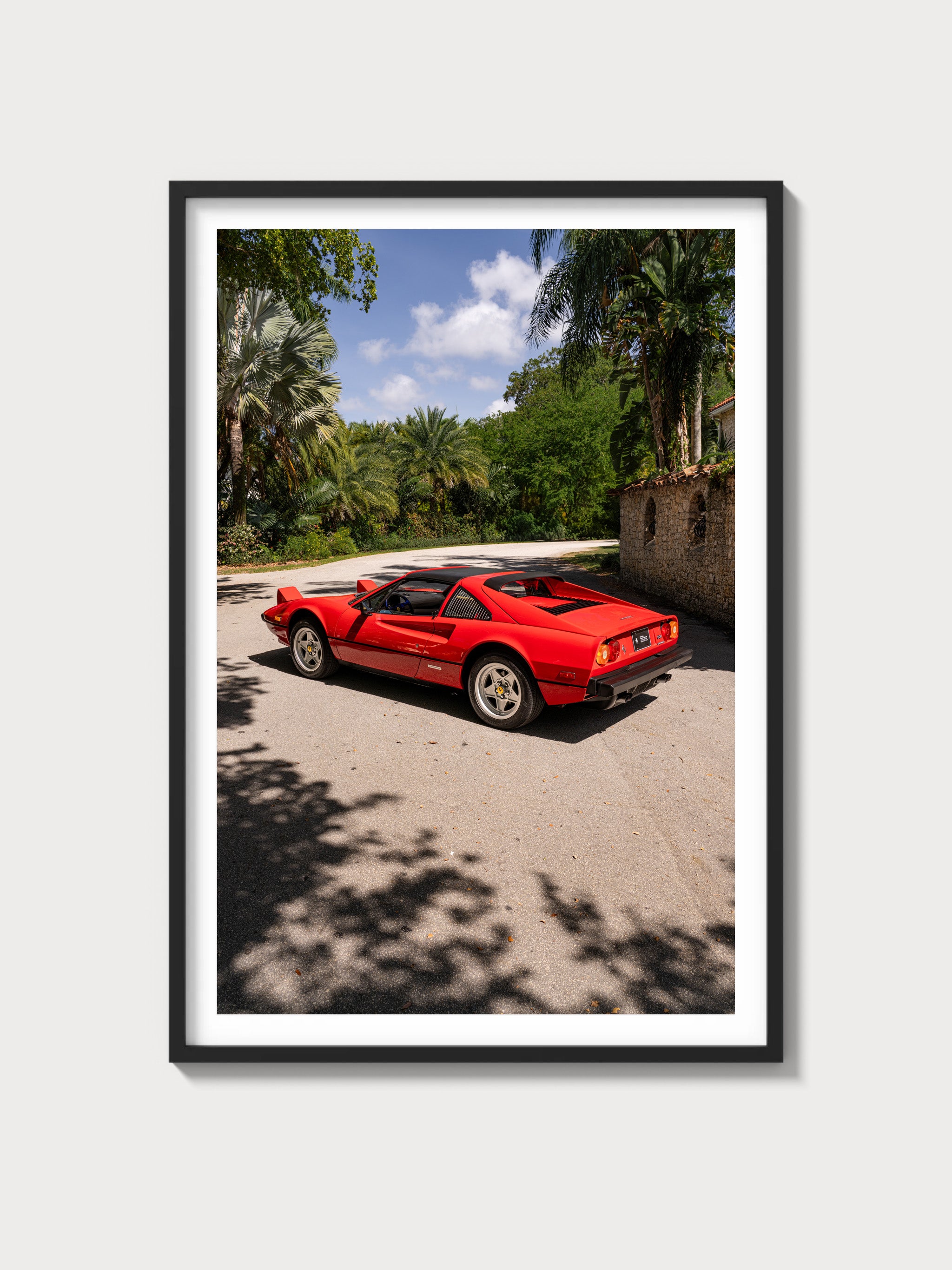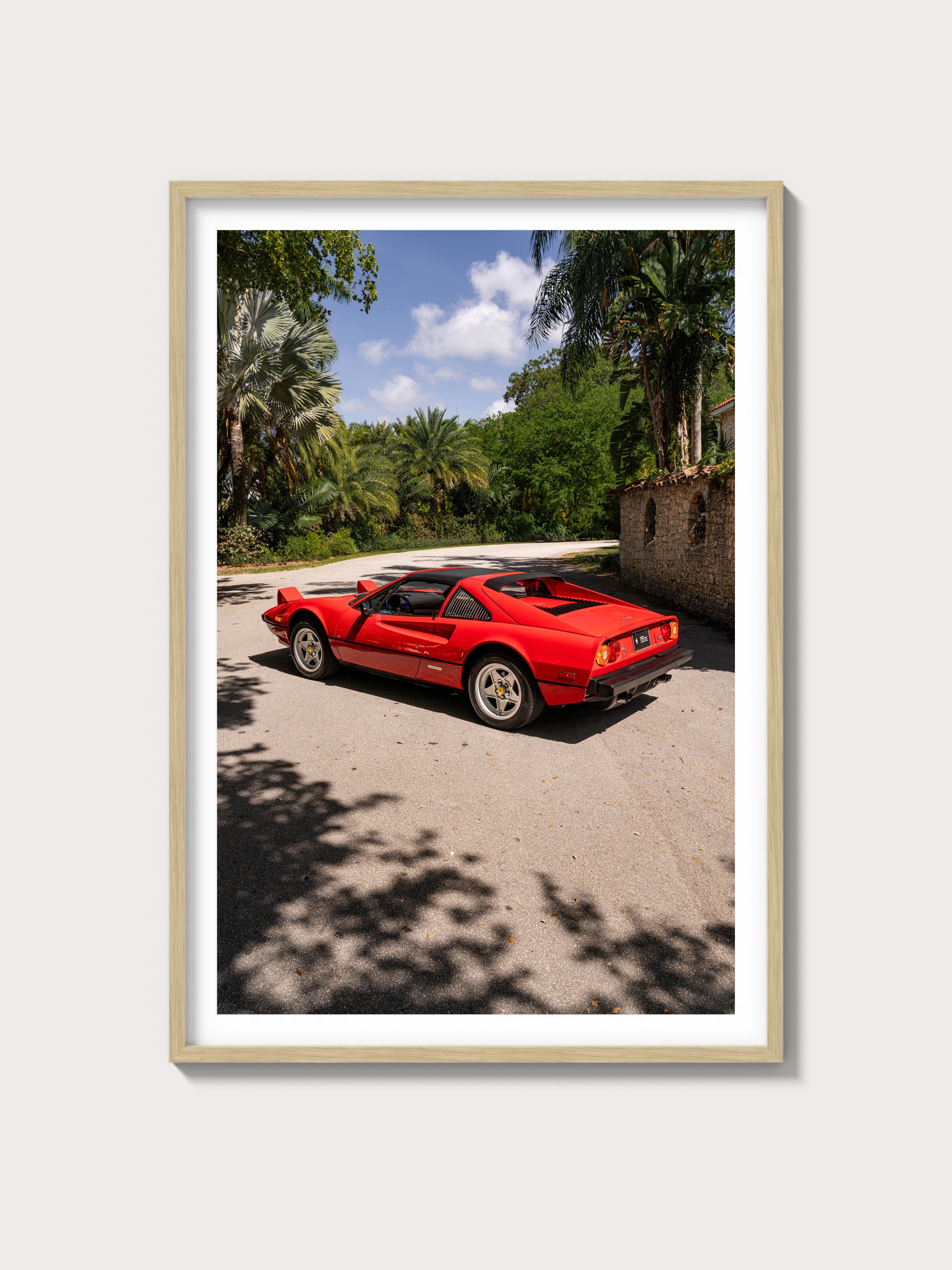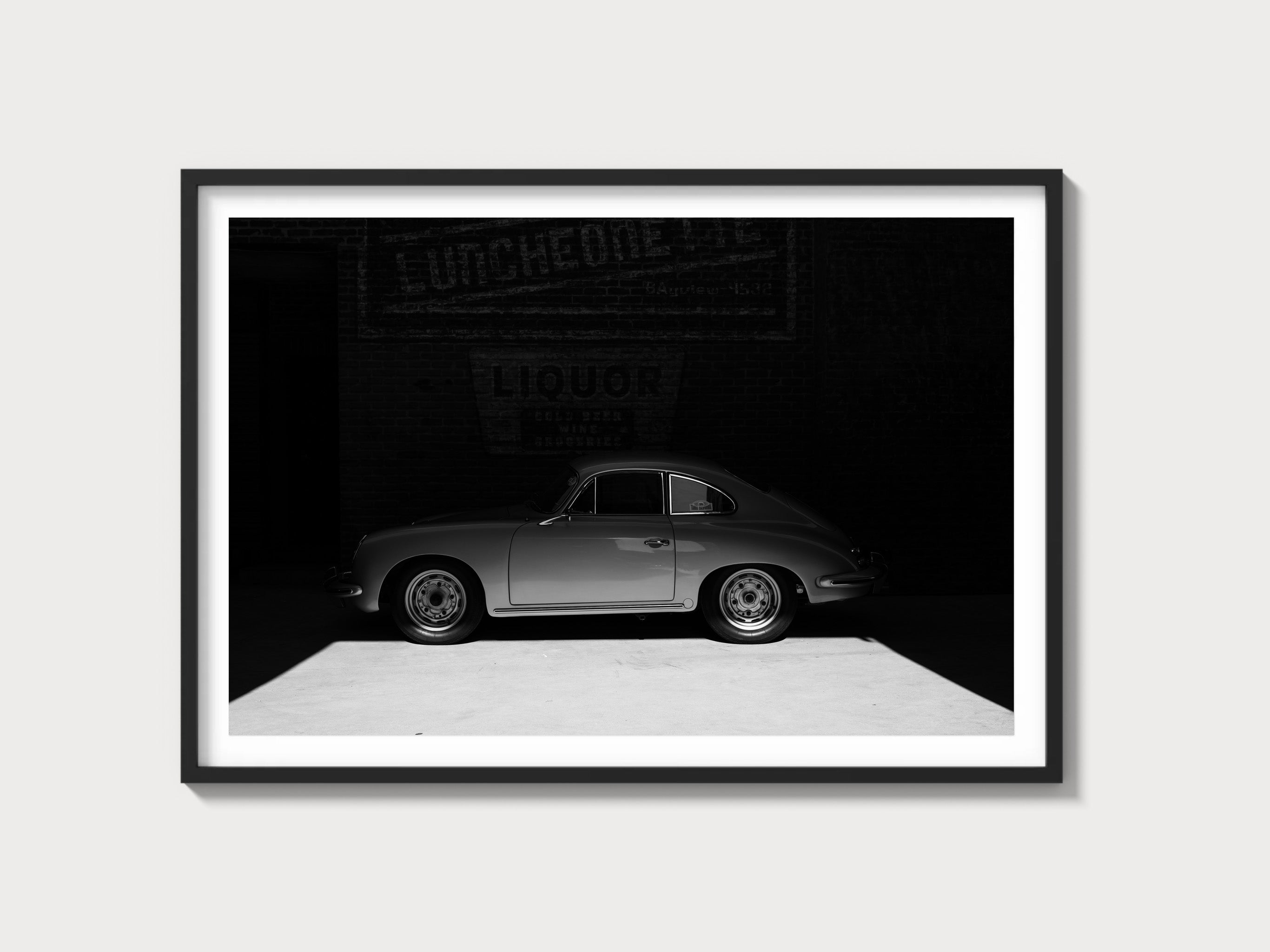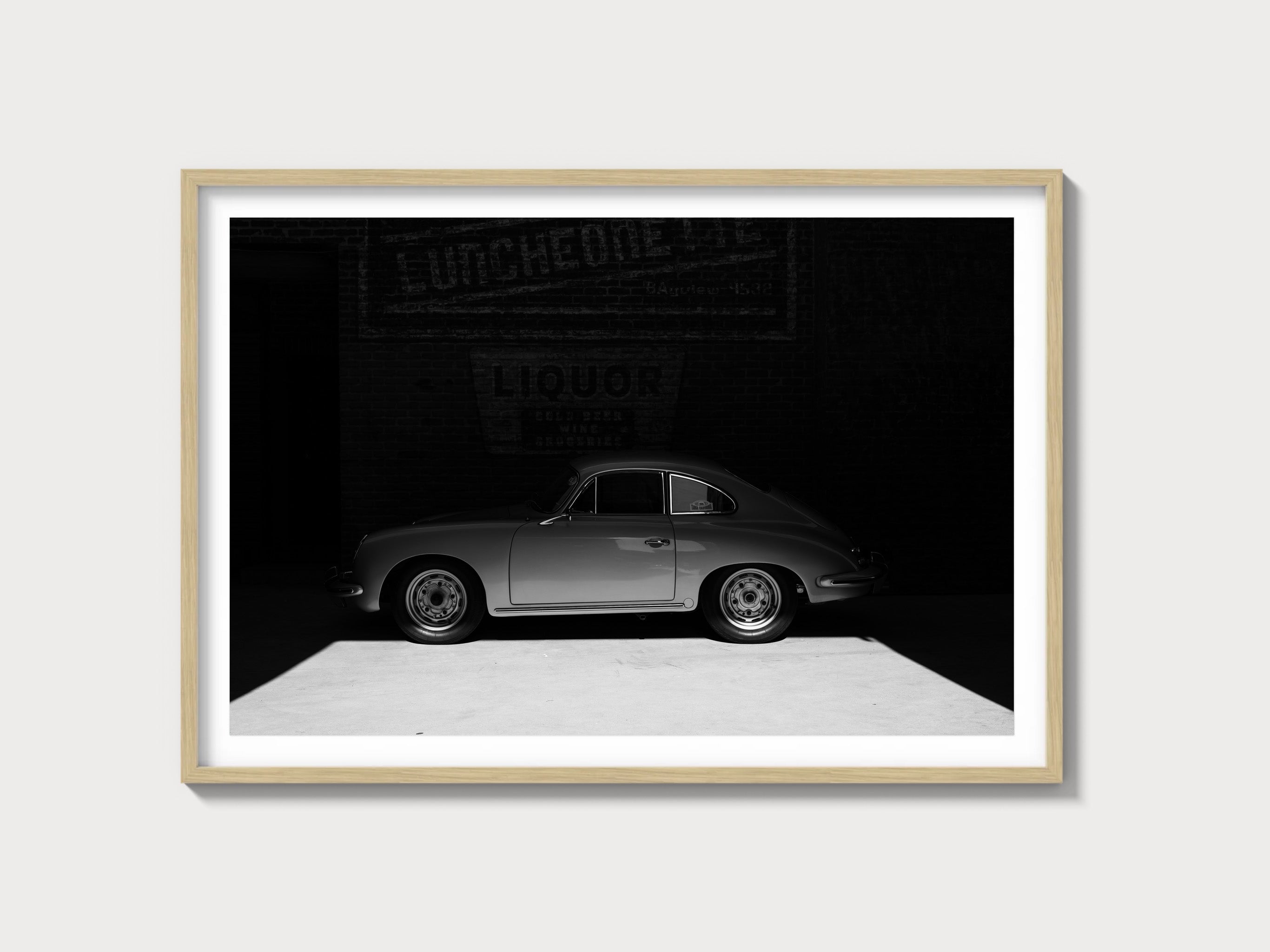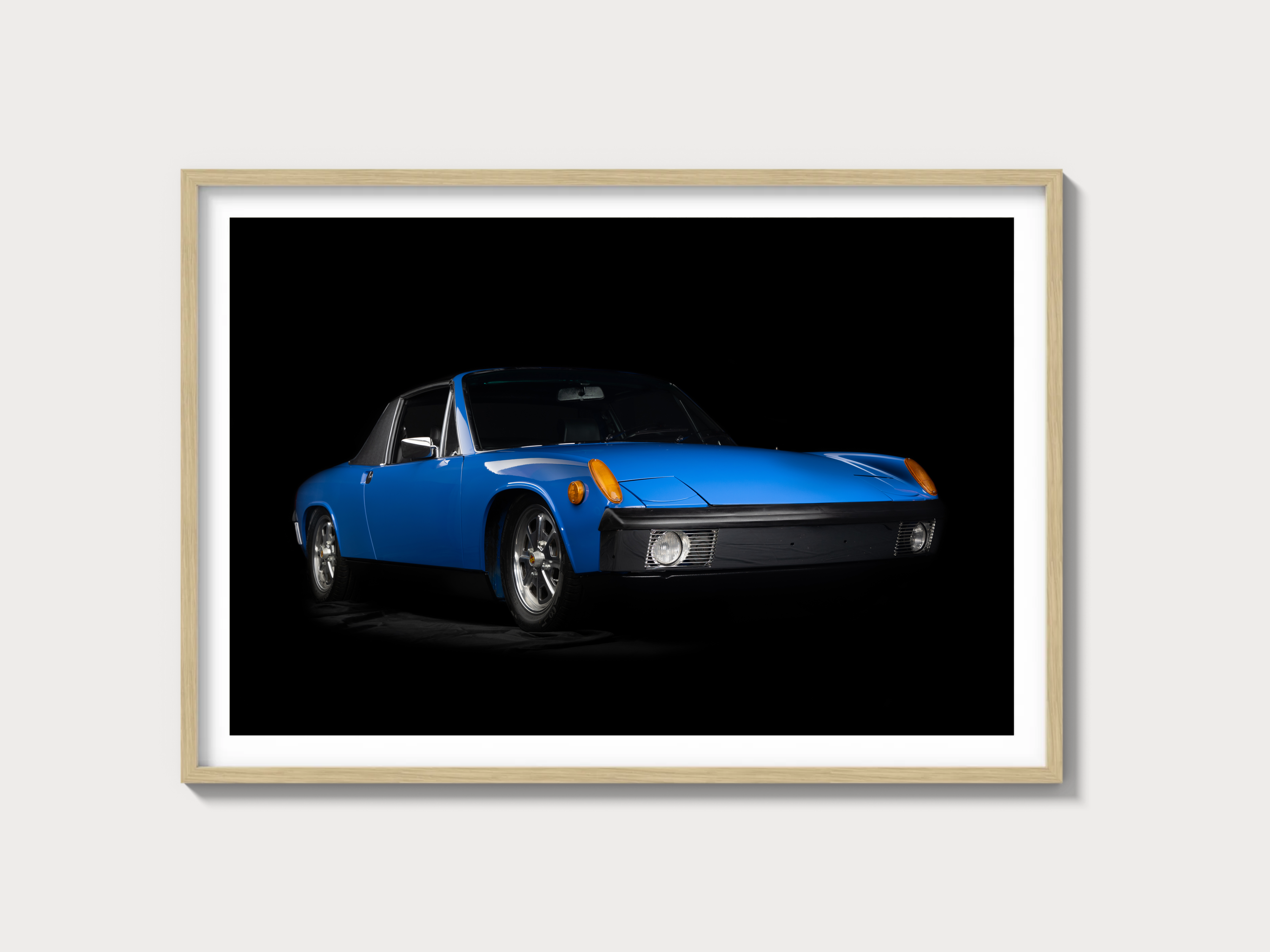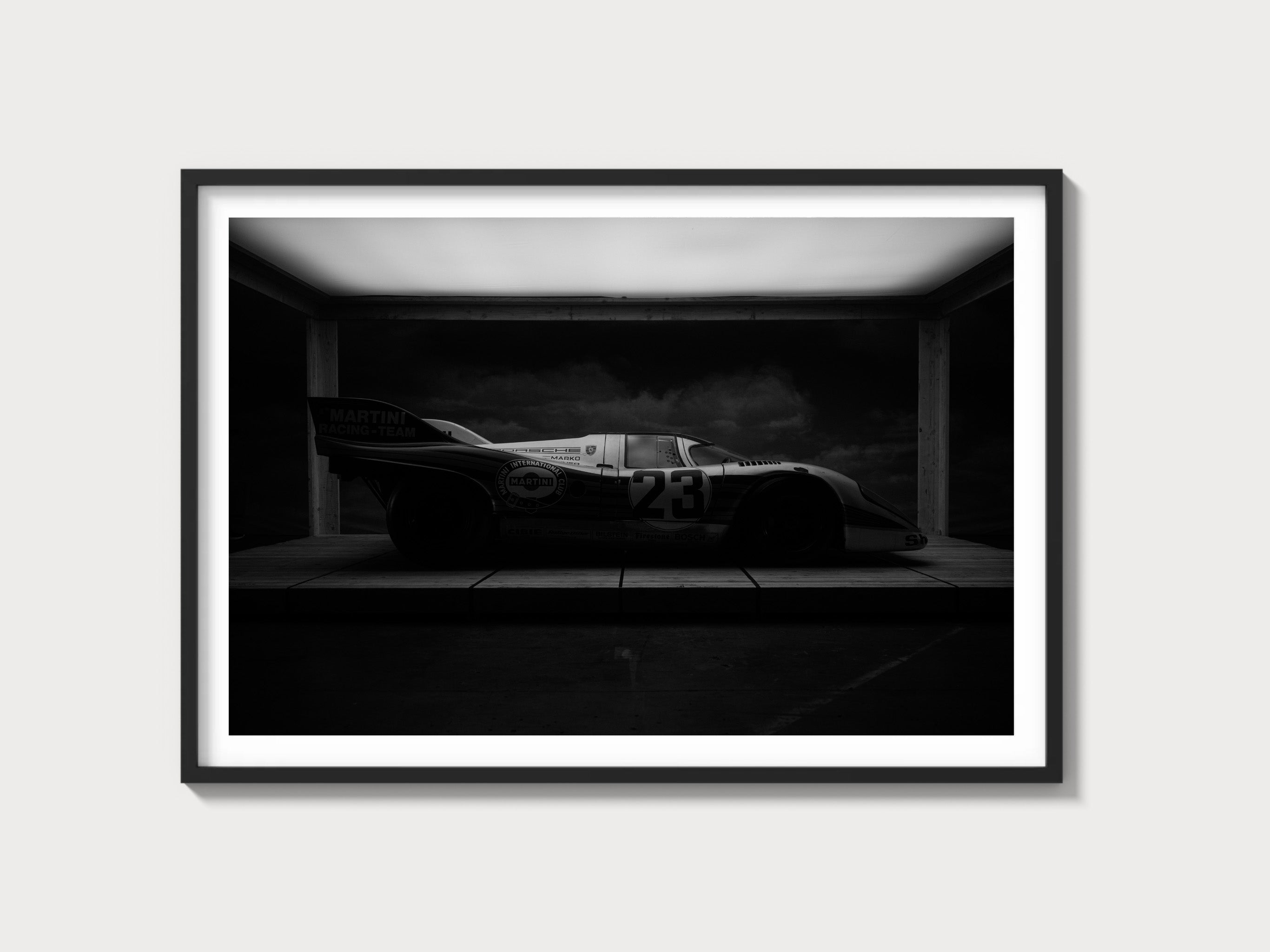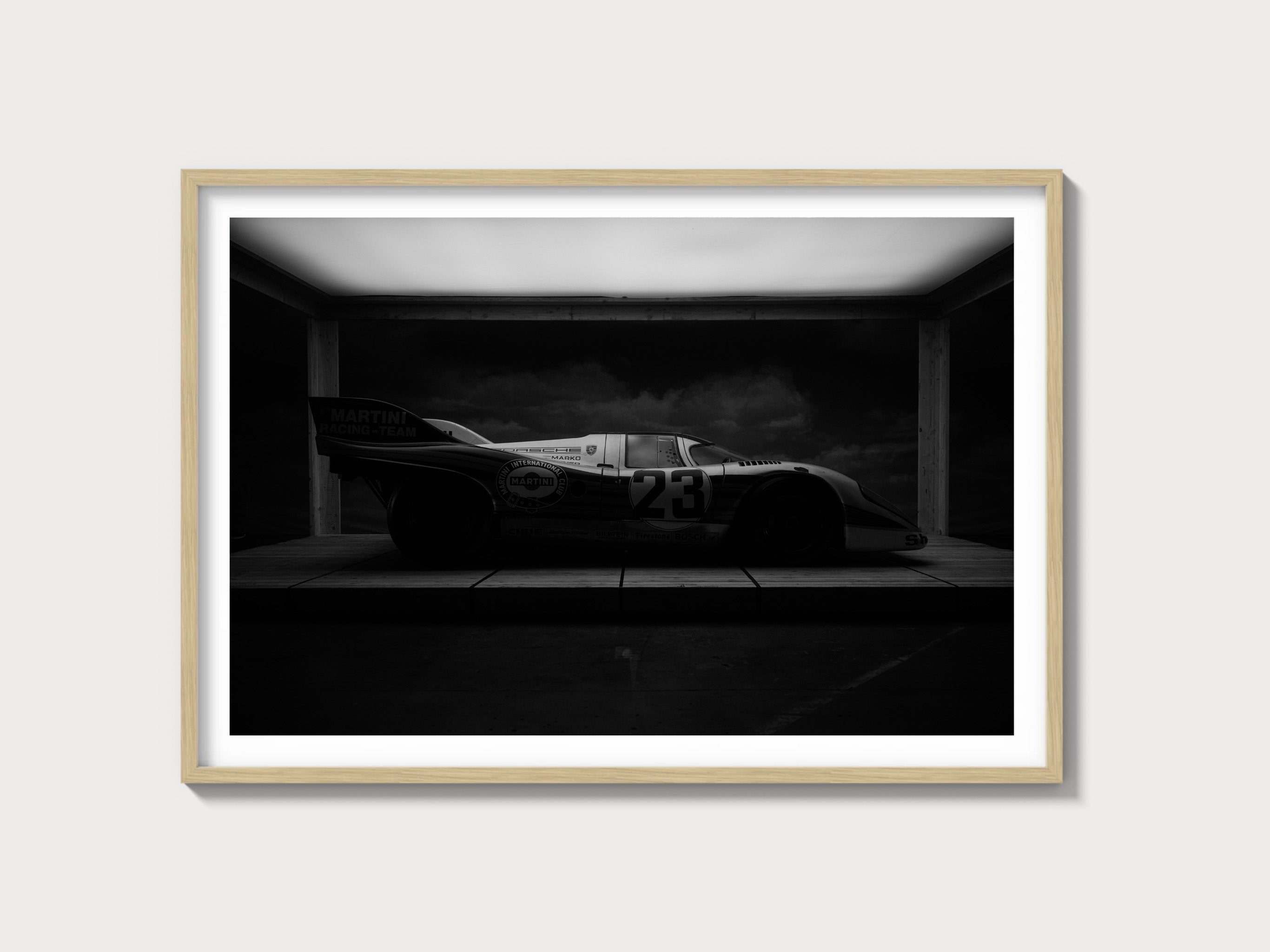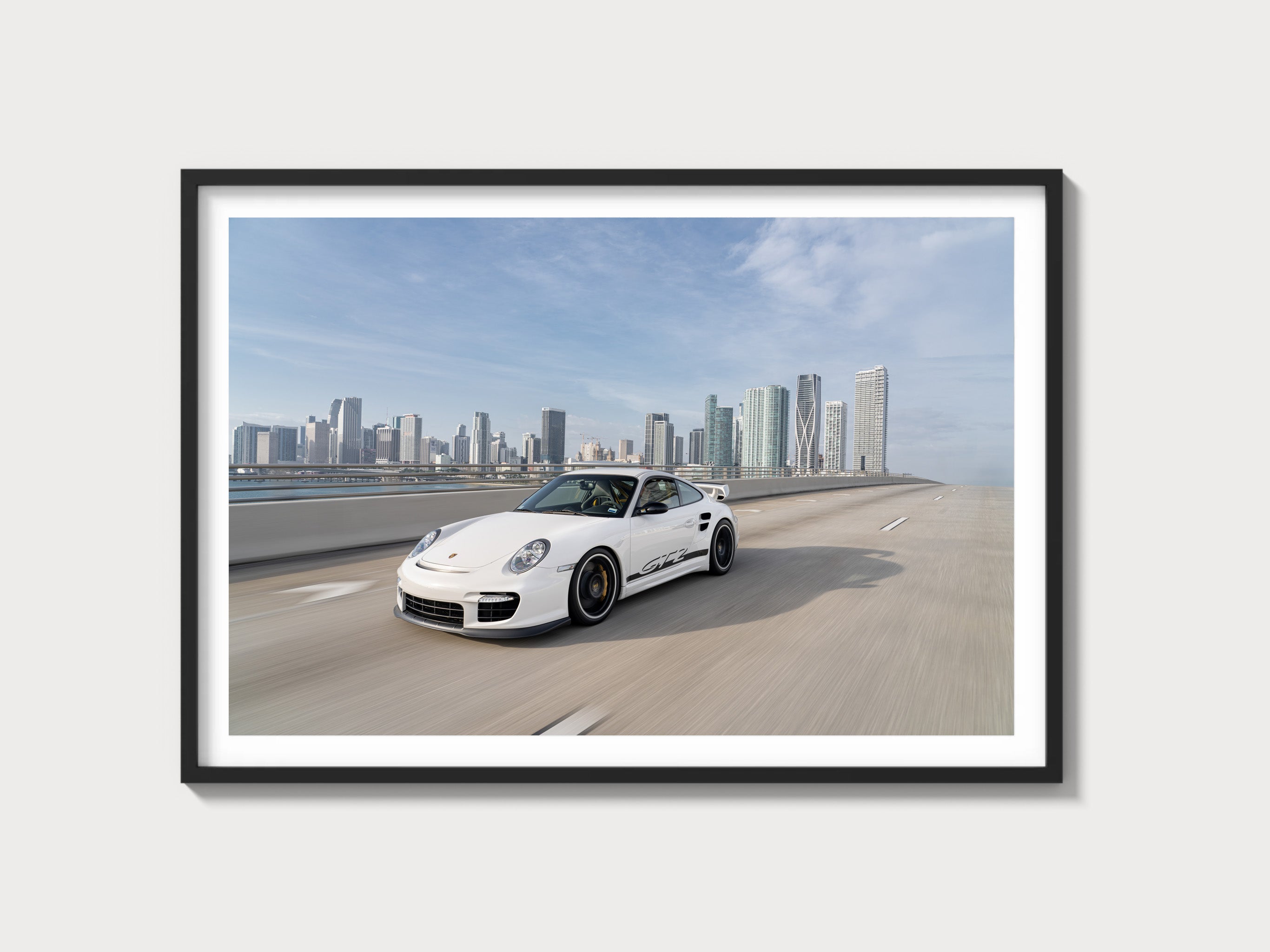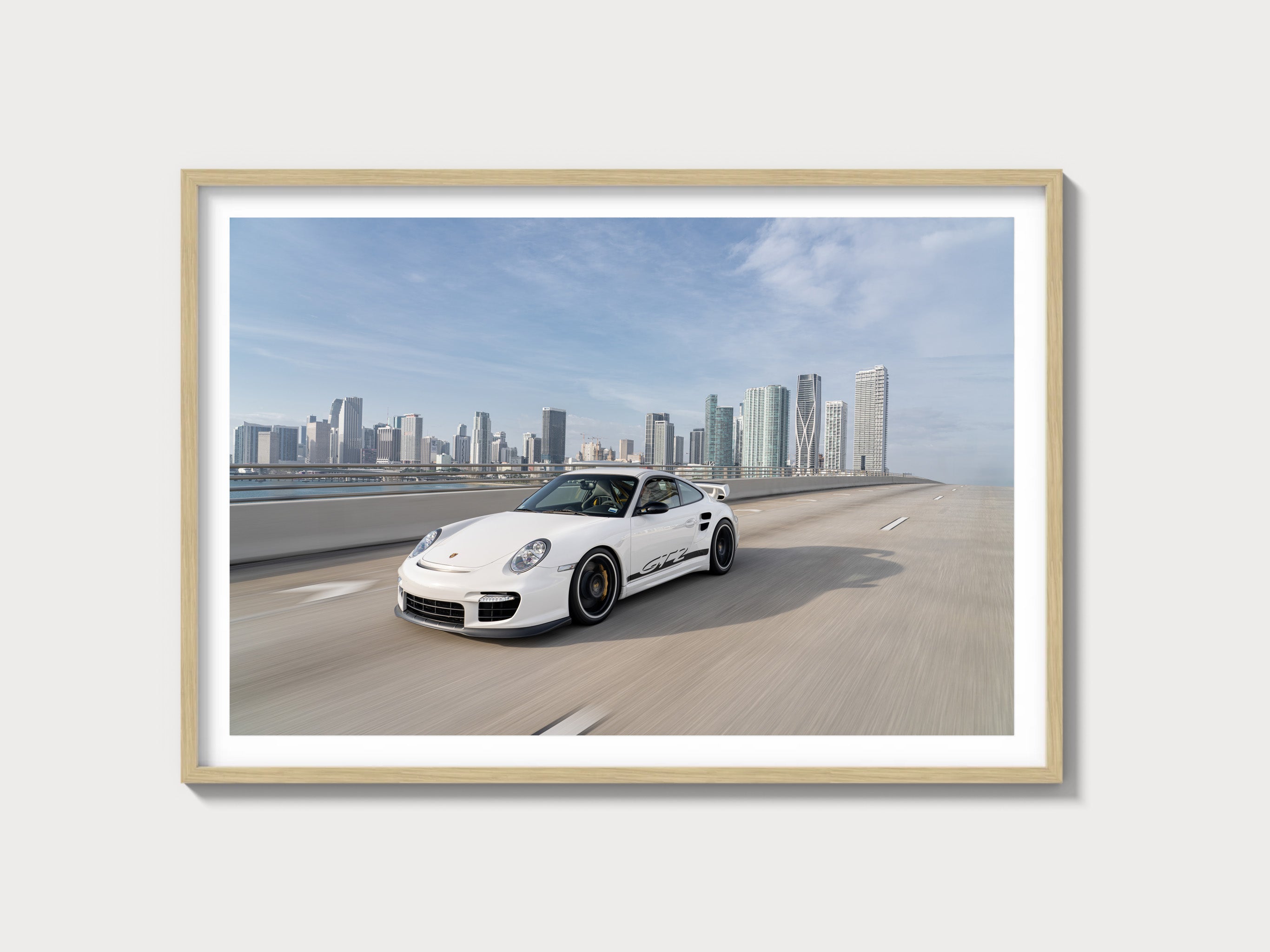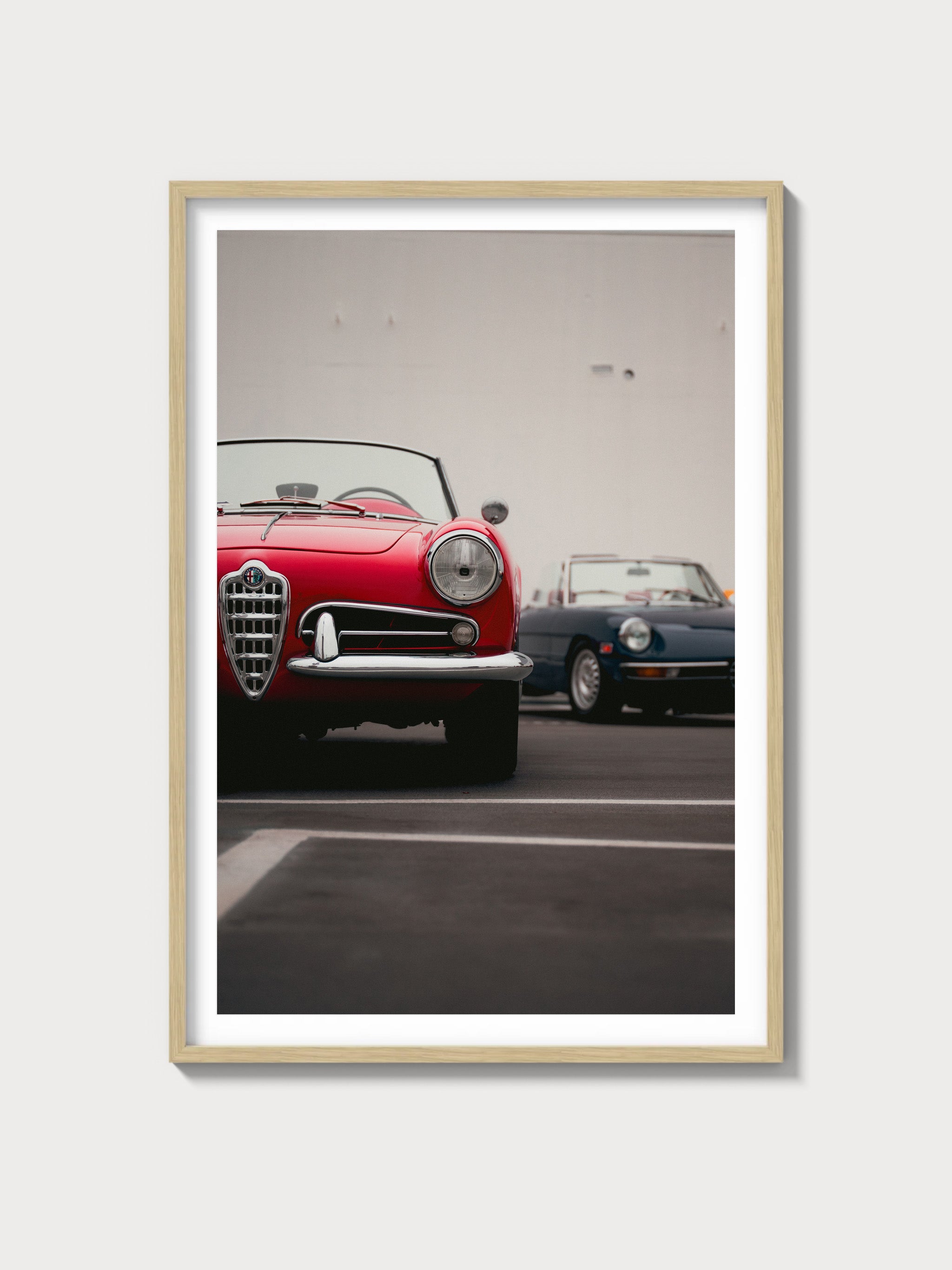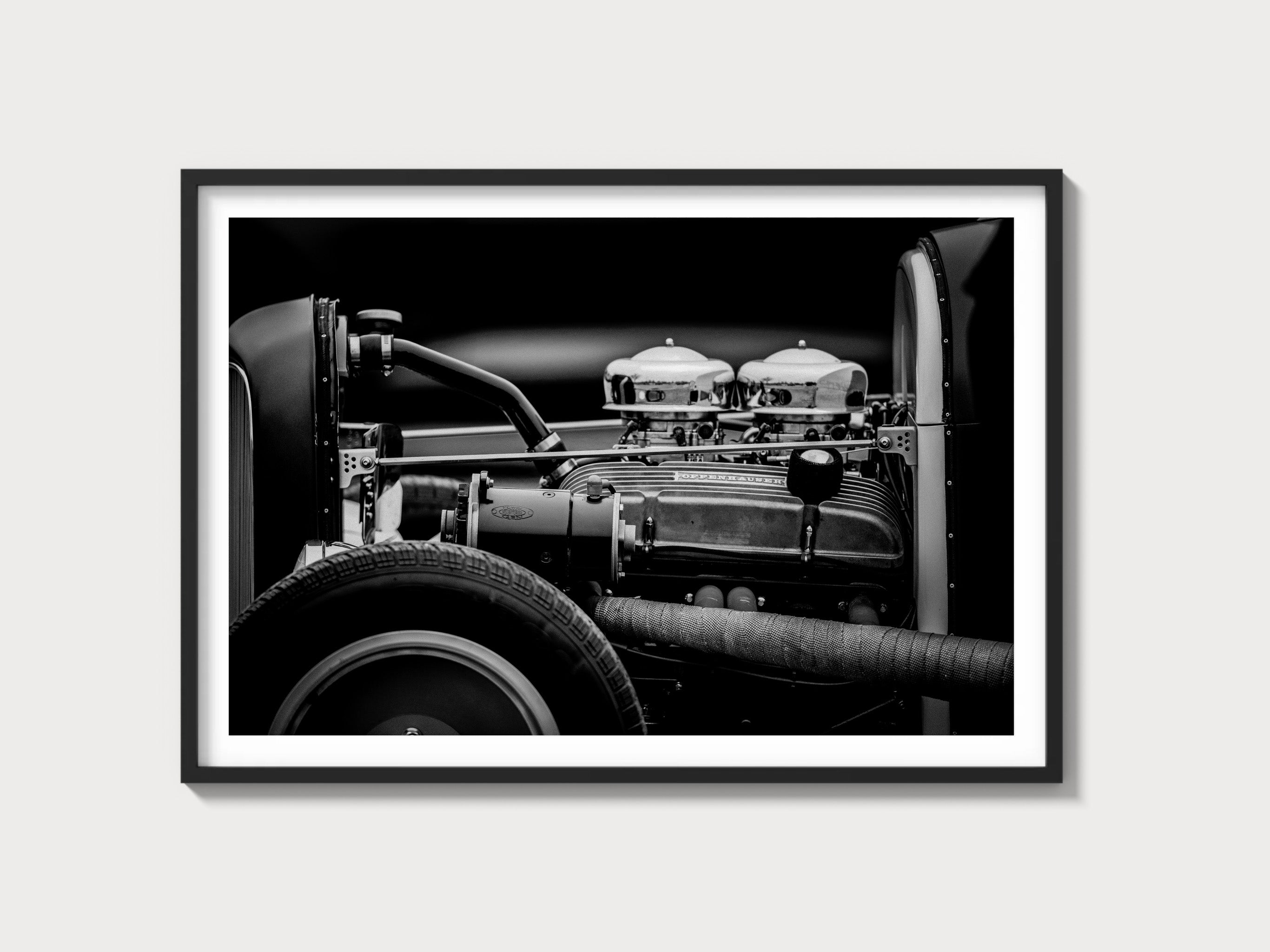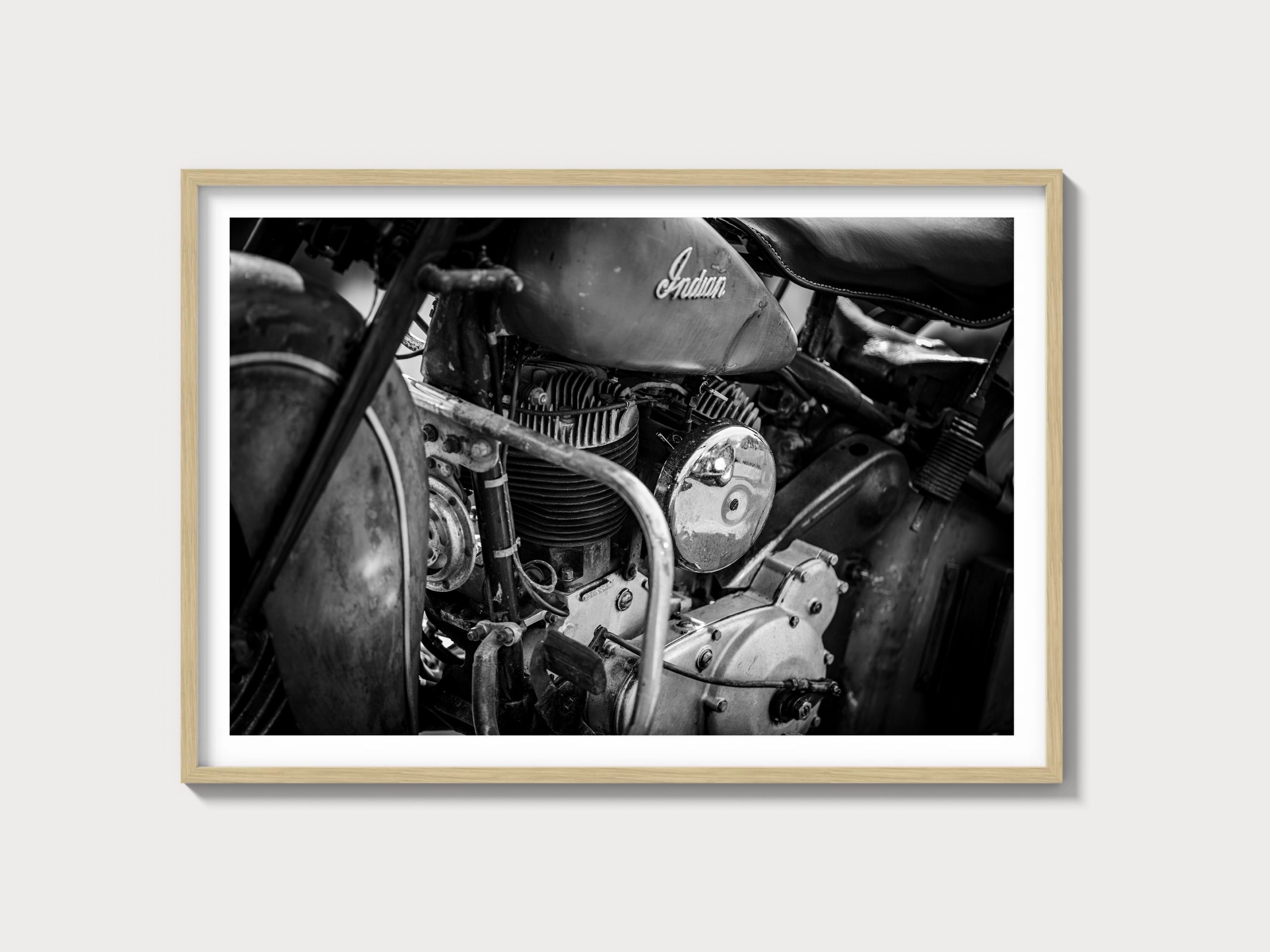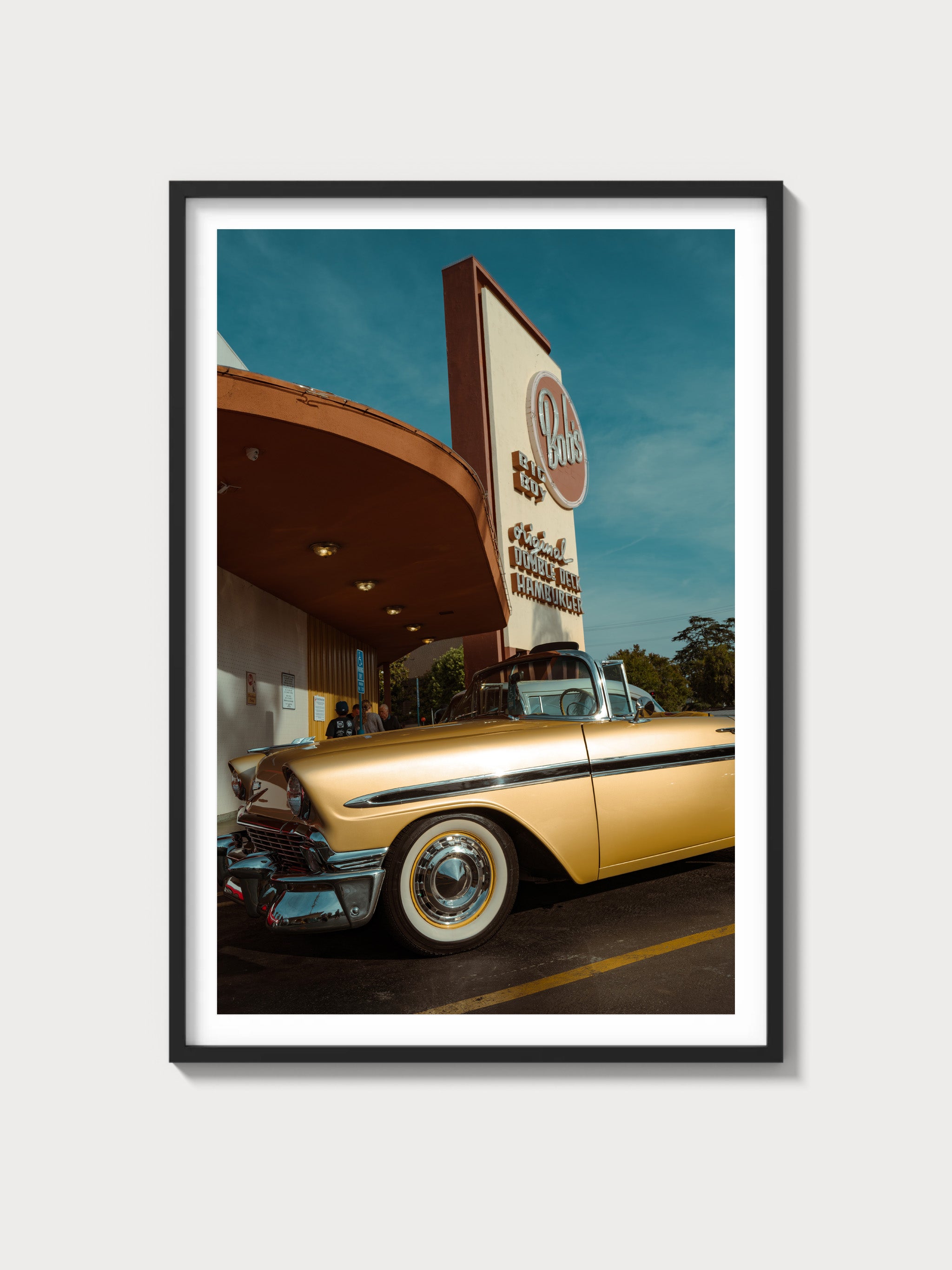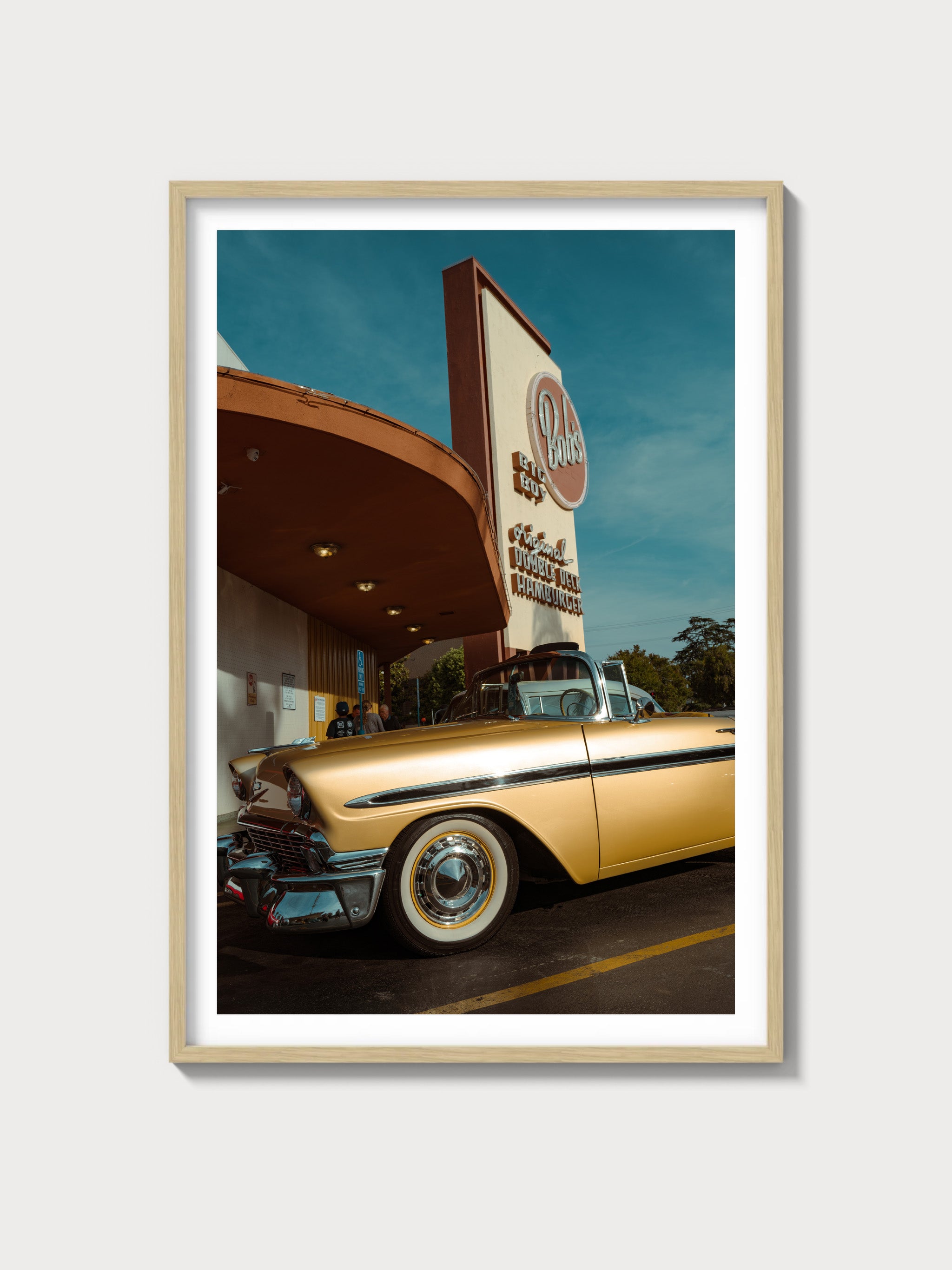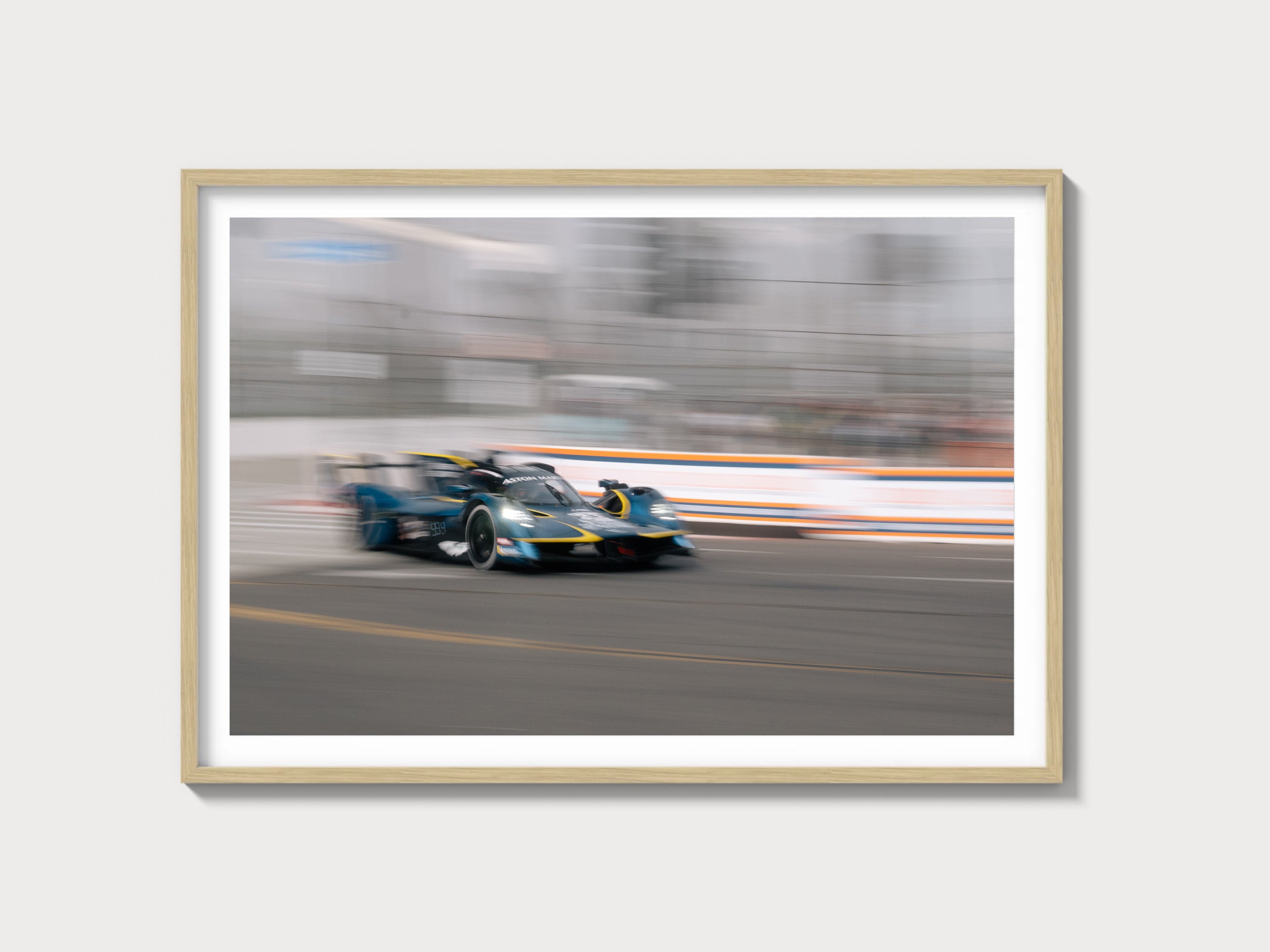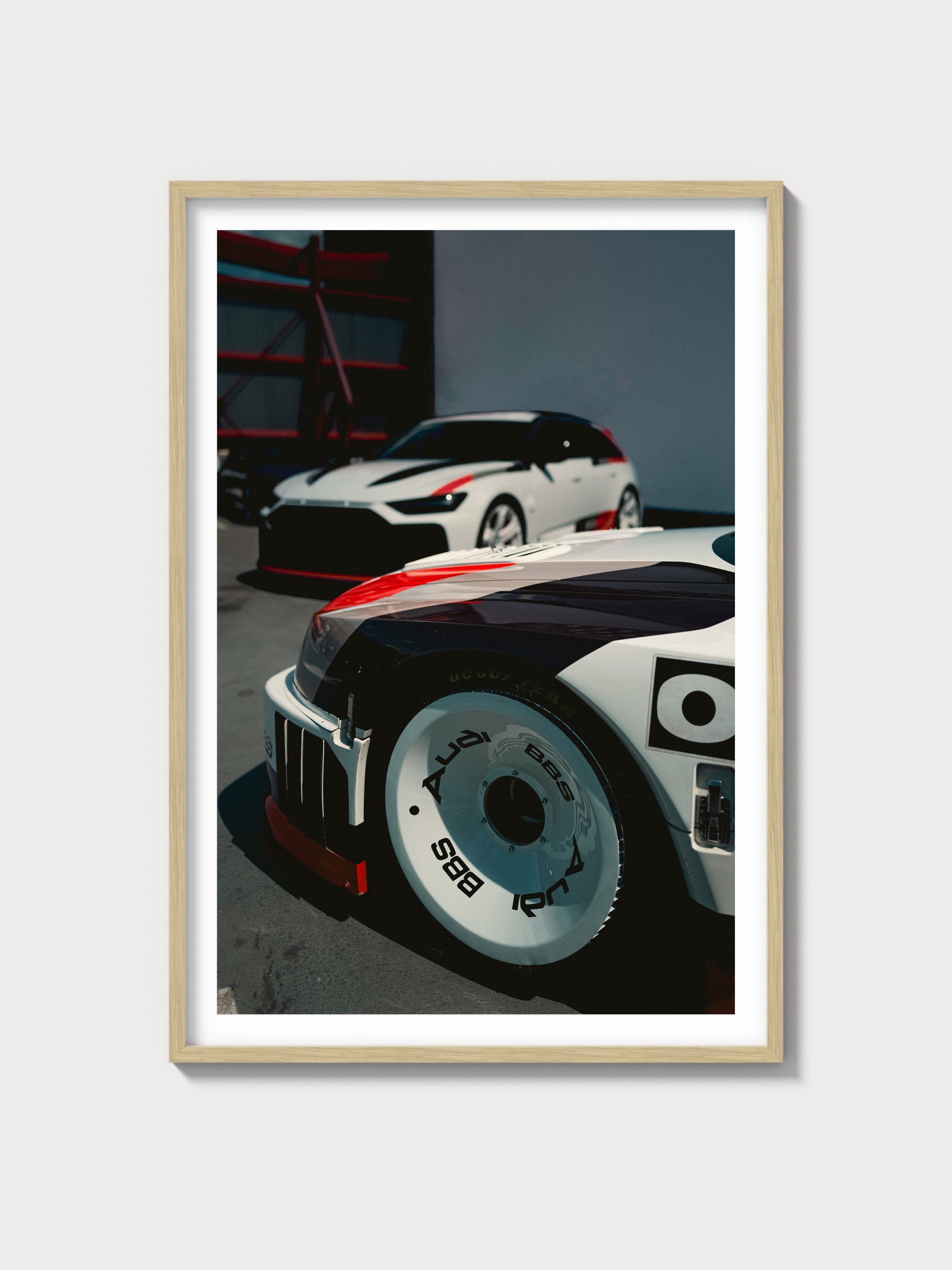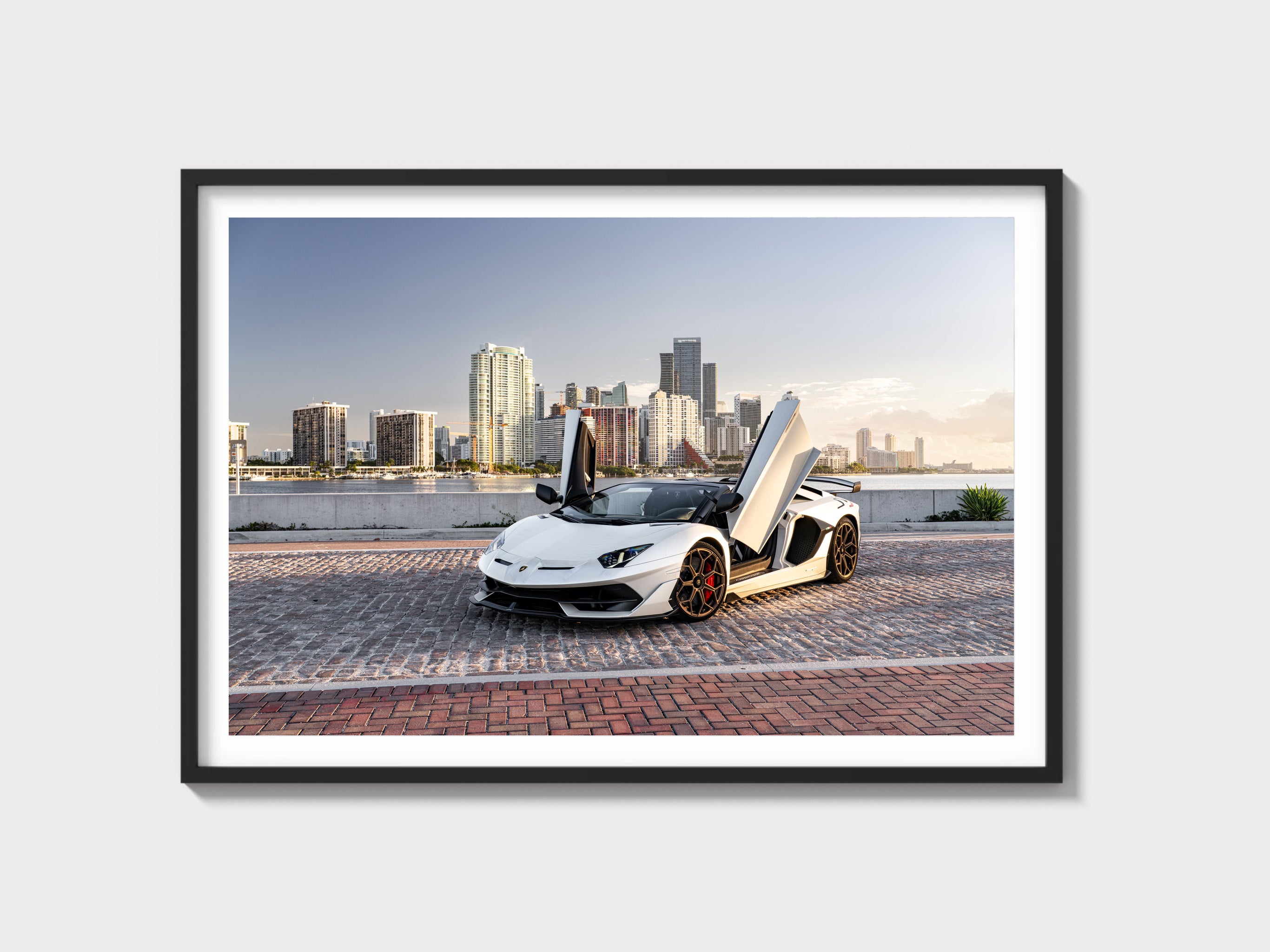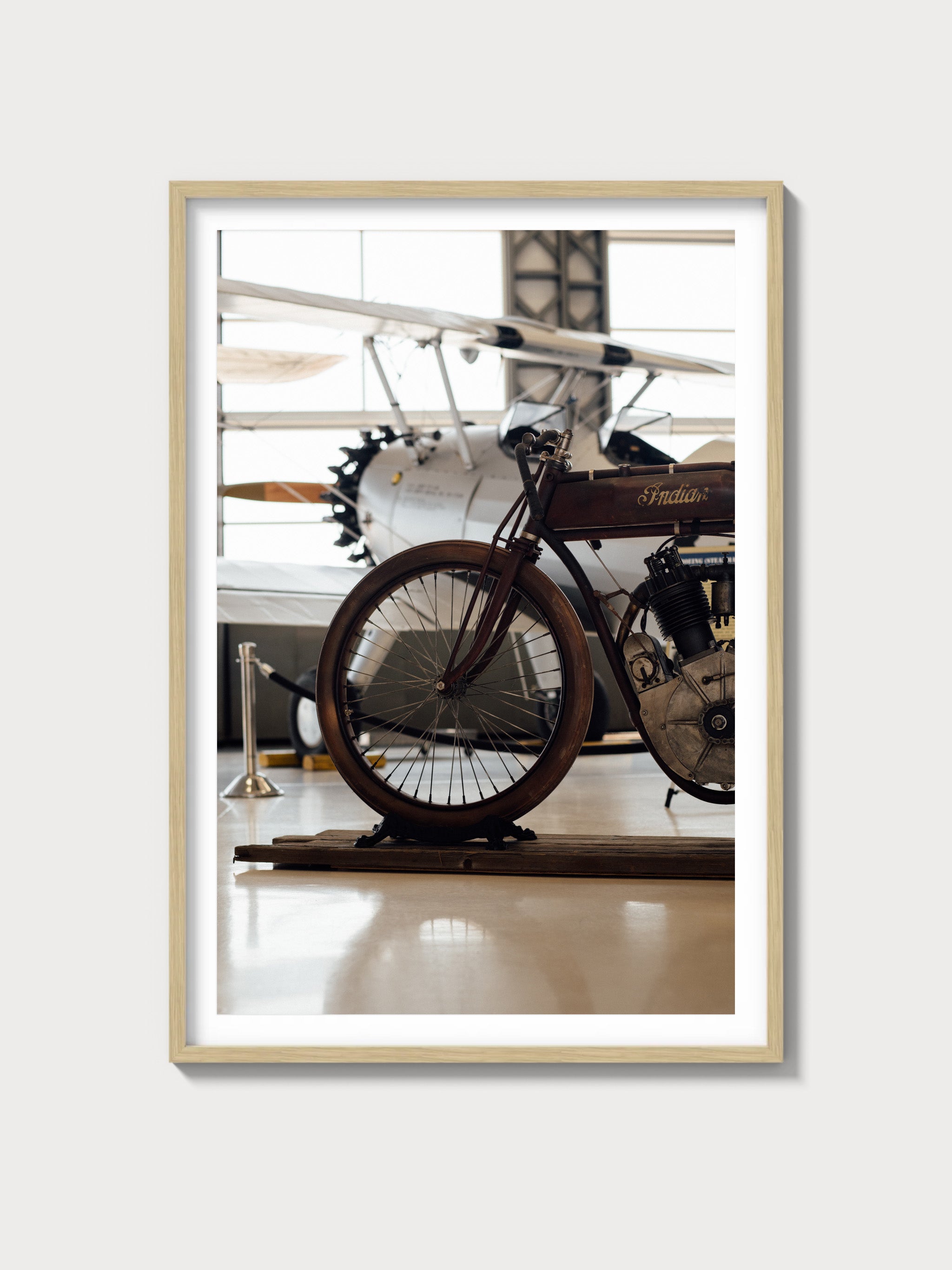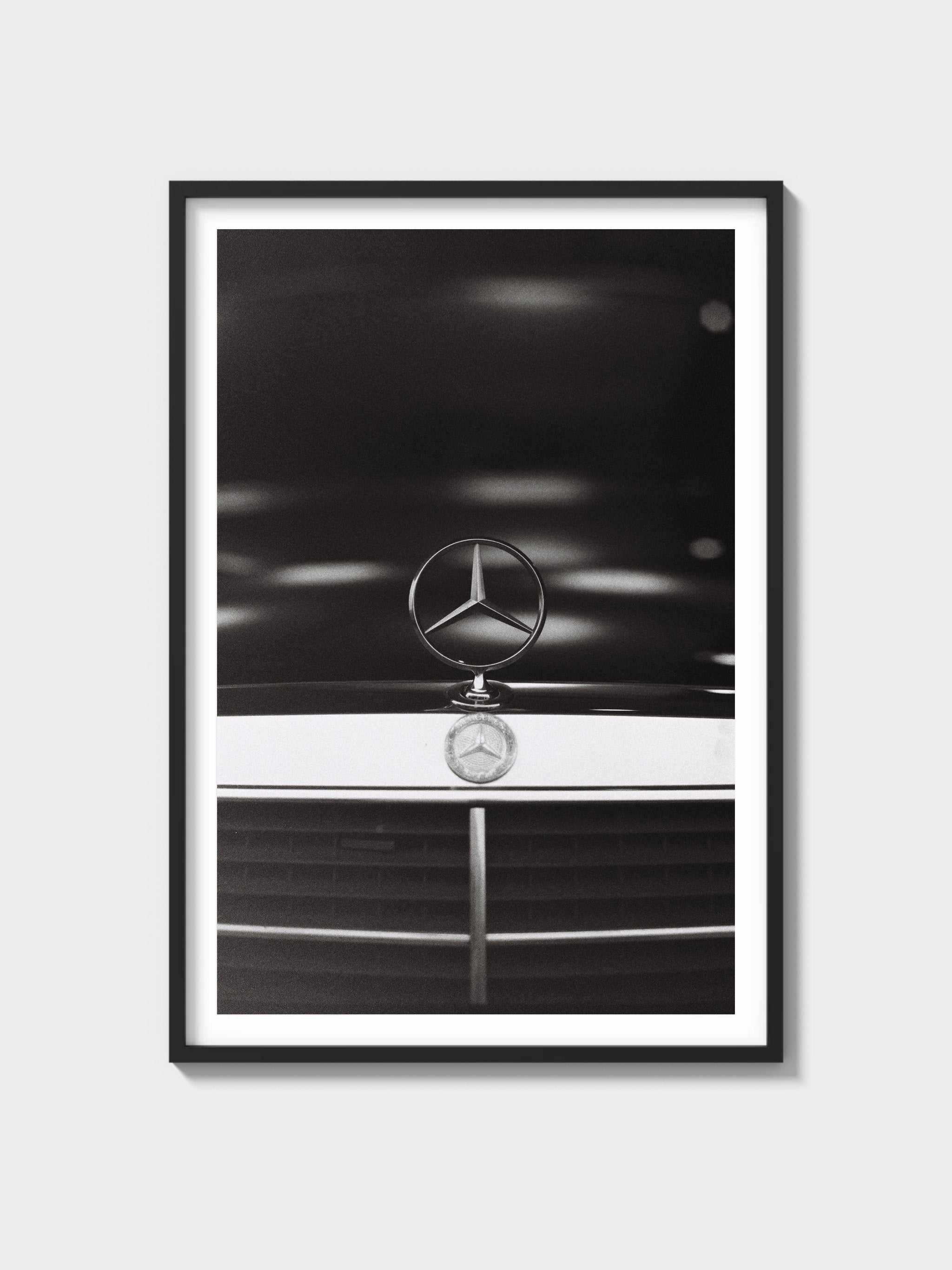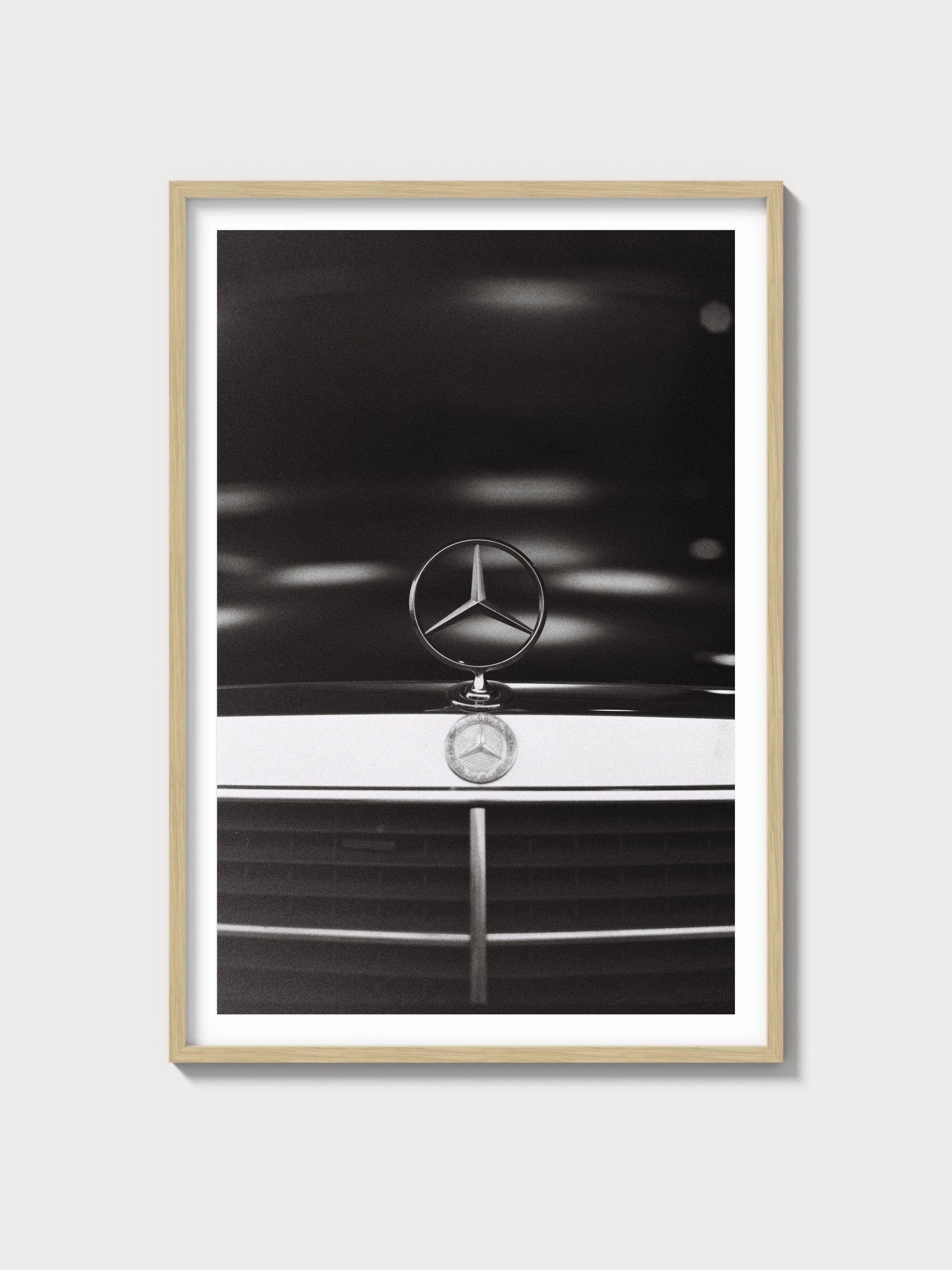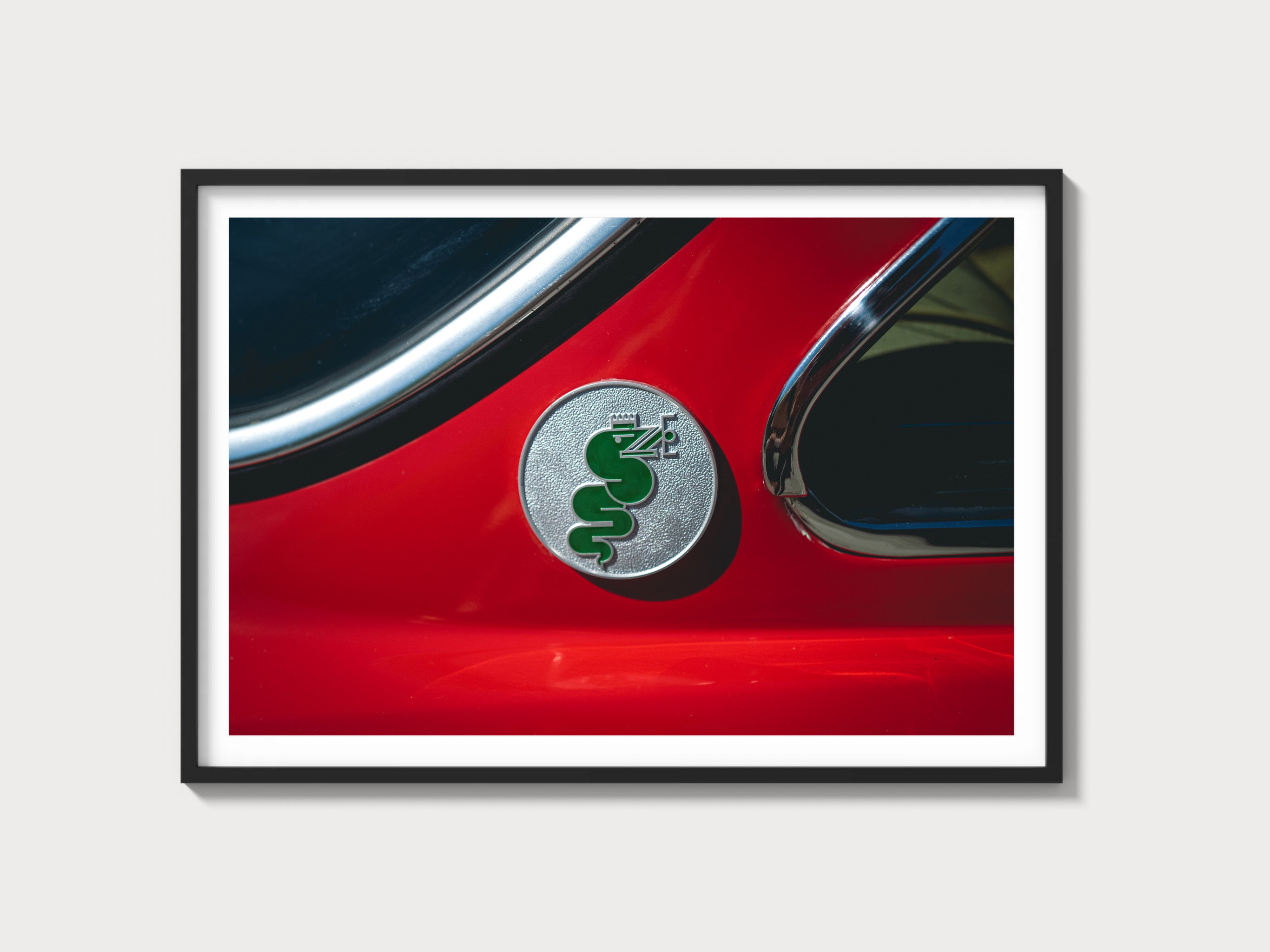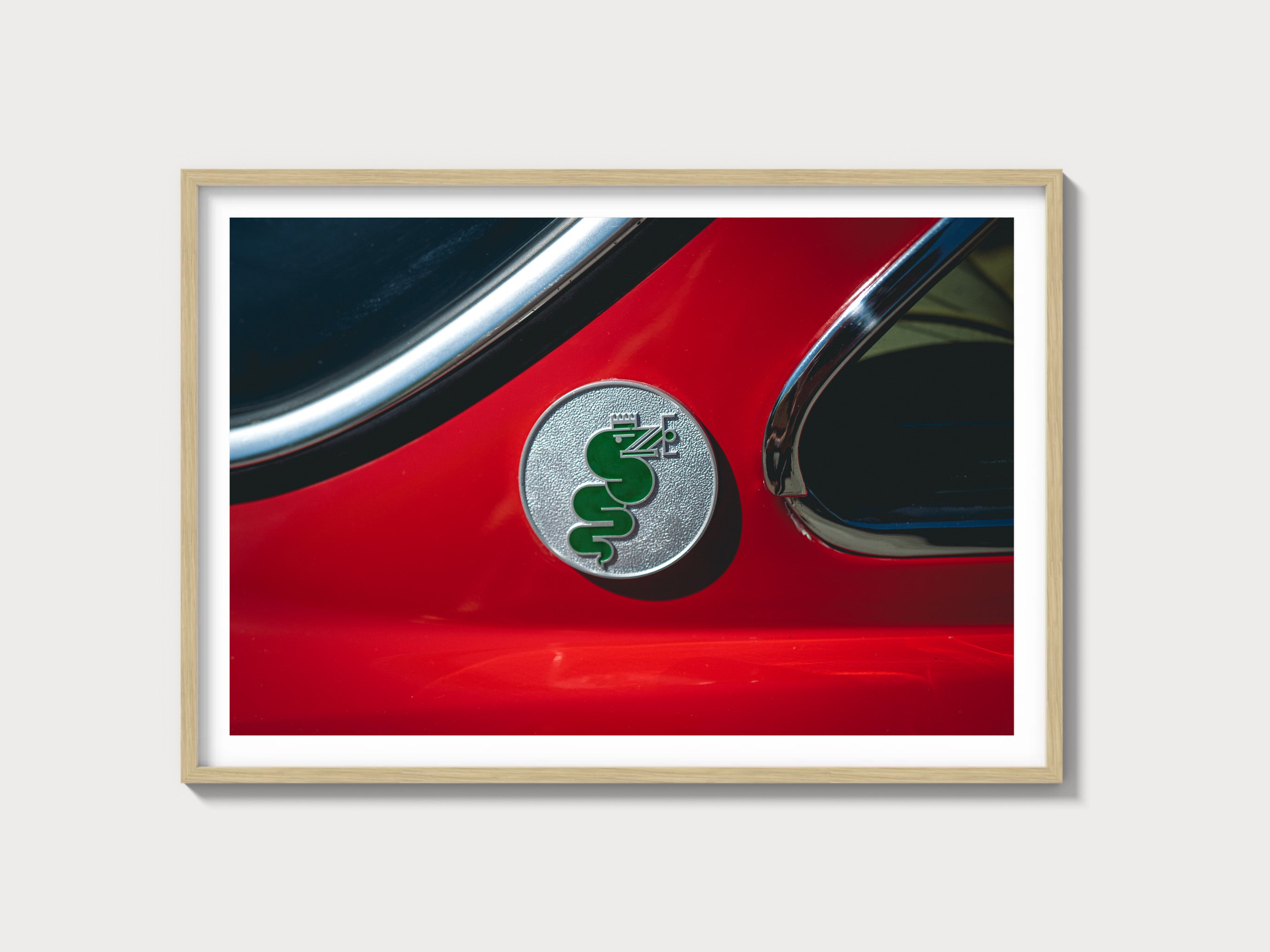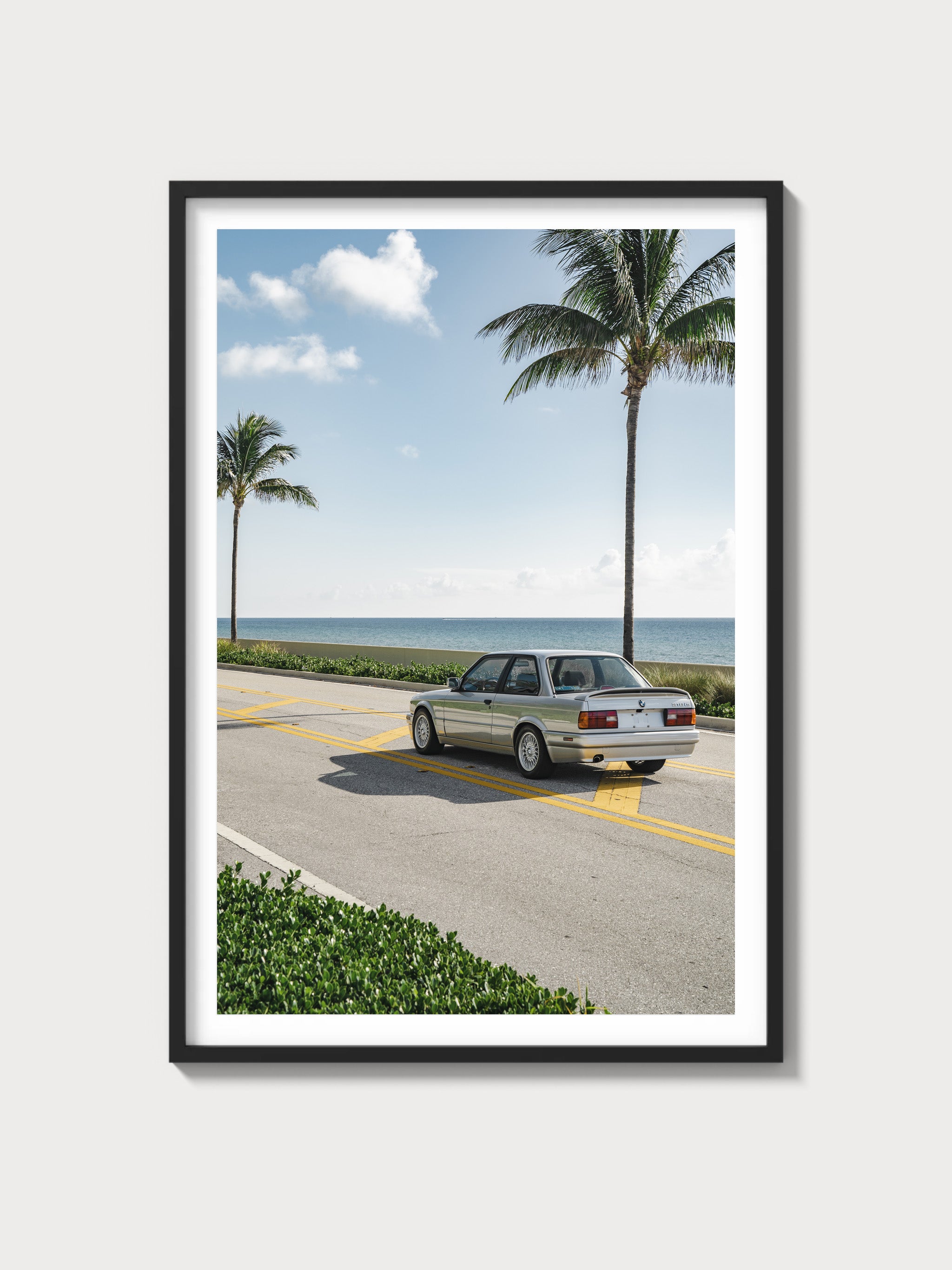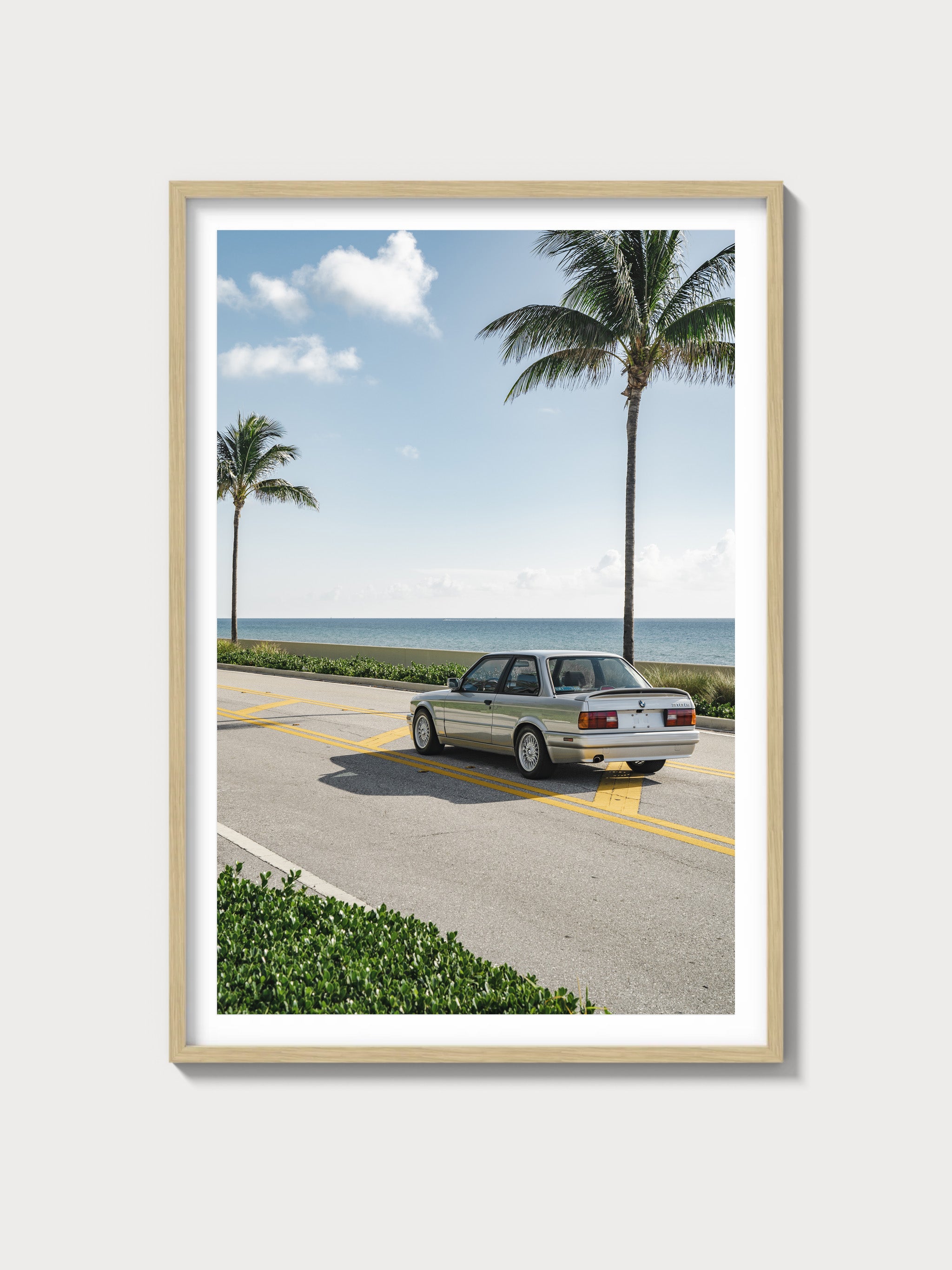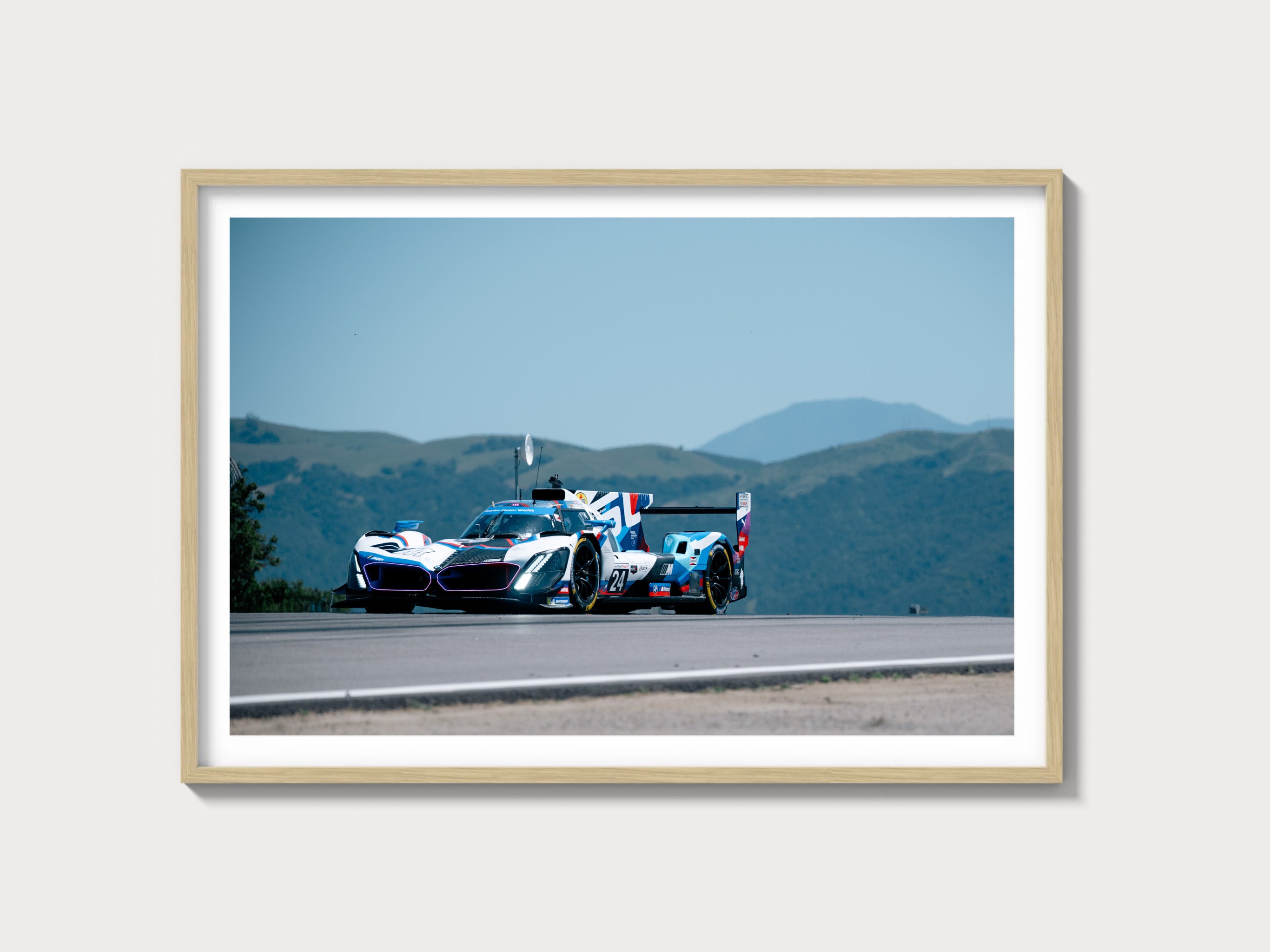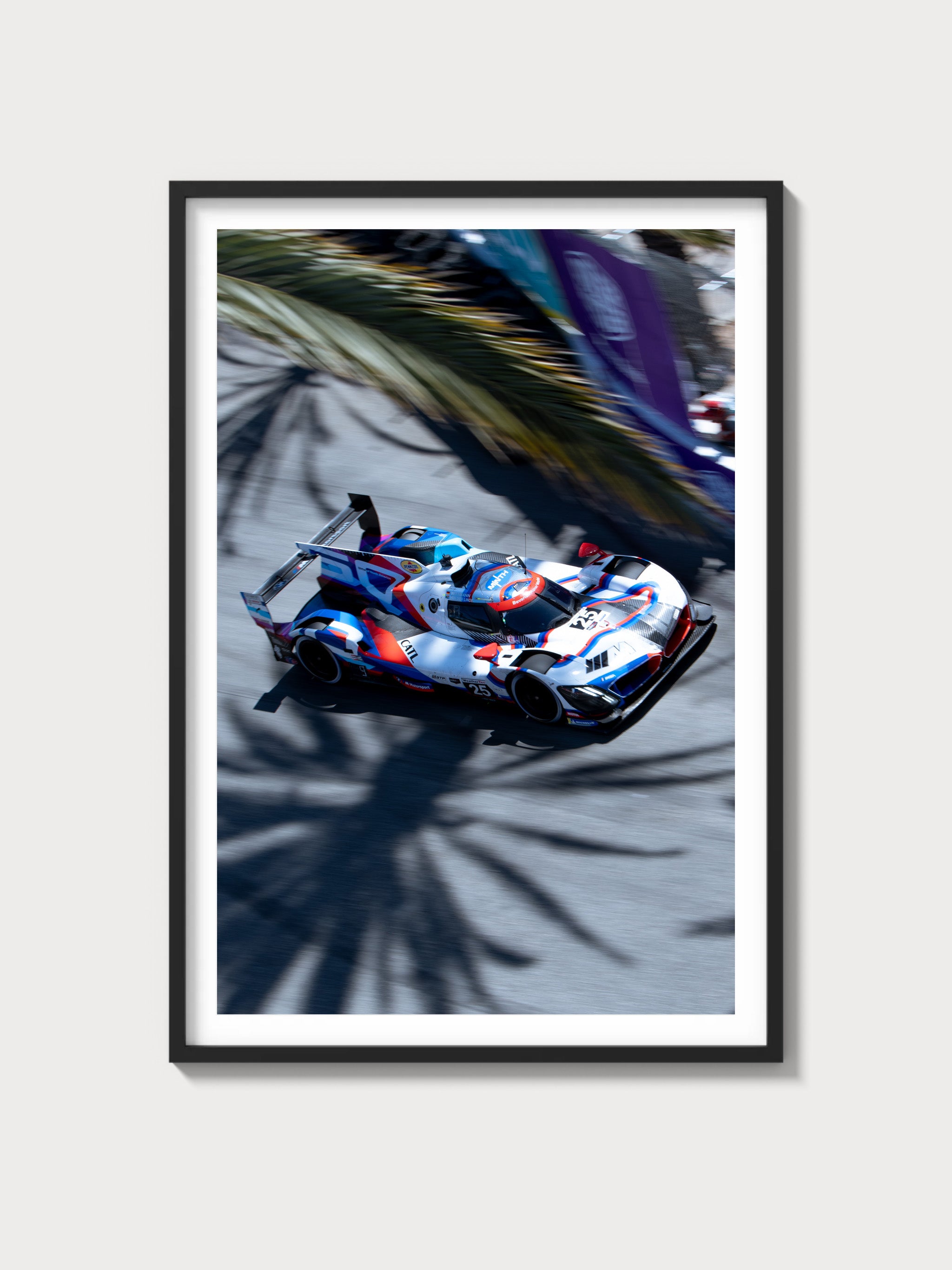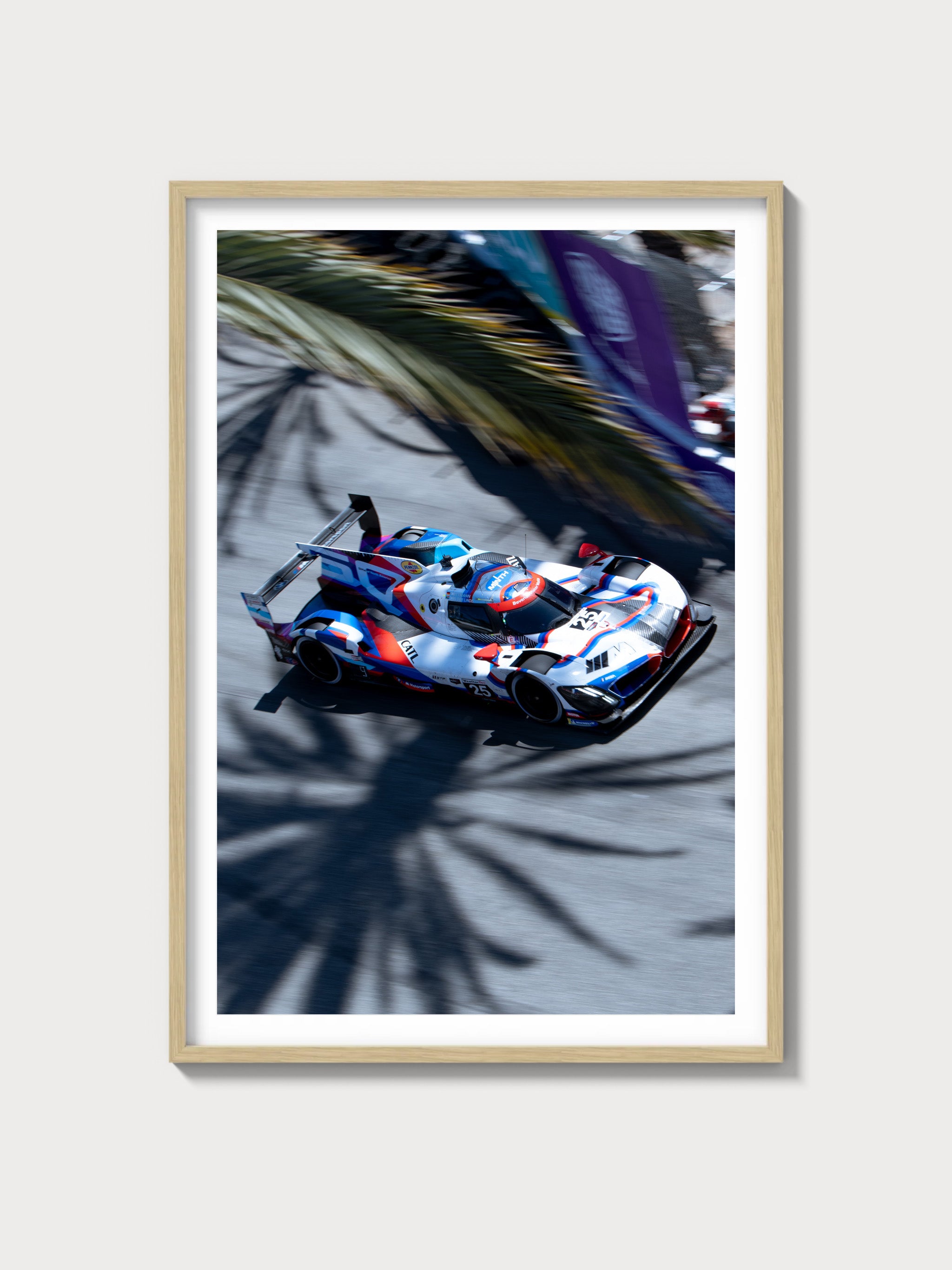Ferrari 430 Scuderia: The Definitive History, Specs, and Legacy
Introduction: Ferrari’s Track-Honed Masterpiece
In the annals of Ferrari’s storied history, the 430 Scuderia, unveiled between 2007 and 2009, emerges as a visceral testament to Maranello’s relentless pursuit of performance. This mid-engine supercar, a stripped-down, track-focused evolution of the Ferrari F430, wielded a 4.3-liter V8 that roared with 510 horsepower—an ode to the Scuderia’s racing heritage. With approximately 1,800 units crafted, its lightweight design and razor-sharp dynamics redefined the grand tourer lineage, bridging the gap between road and circuit.
Introduced at the 2007 Frankfurt Motor Show under the watchful eye of Michael Schumacher, the 430 Scuderia bore the weight of Ferrari’s Formula 1 dominance and its GT racing triumphs. Its name—“Scuderia,” the marque’s racing division—evoked the spirit of competition, while its engineering distilled decades of track expertise into a road-legal machine. As a Ferrari historian, I present this exhaustive chronicle of the 430 Scuderia, delving into its historical roots, technical brilliance, and enduring legacy—a car that remains a pinnacle of late-2000s automotive artistry.
Historical Context: A Lightweight Legacy Born of Triumph
The Ferrari 430 Scuderia arrived in an era of unparalleled success for Maranello. By 2007, Ferrari’s Formula 1 team, bolstered by Schumacher’s five consecutive titles (2000-2004), had cemented its dominance, while road cars like the Ferrari Enzo and F430 showcased cutting-edge innovation. The F430, launched in 2004 with over 10,000 units produced, had already elevated Ferrari’s mid-engine V8 platform beyond the 360 Modena. Yet, a demand persisted for a purer, more visceral variant—one that echoed the lightweight ethos of icons like the F430 Challenge Stradale.
Unveiled on September 11, 2007, at Frankfurt, chassis 144123—painted in classic Rosso Corsa—captured global attention. Developed with Schumacher’s input, the 430 Scuderia shed 100 kg from the standard F430, targeting enthusiasts craving track precision without sacrificing road legality. Approximately 1,800 units rolled off the line between 2007 and 2009, a limited run dwarfed by the F430’s broader 10,000-unit production. This was Ferrari’s answer to rivals like the Porsche 911 GT3 RS and Lamborghini Gallardo Superleggera, a car born of competition yet destined for the world’s most discerning collectors.
The late 2000s marked a supercar renaissance—financial booms fueled demand for exclusivity, and Ferrari capitalized with a machine that blended raw performance with heritage. The 430 Scuderia’s production ceased in 2009, paving the way for the 458 Italia, but its legacy as a track-bred icon endures.
Technical Specifications: The V8’s Track-Tuned Precision
The Ferrari 430 Scuderia’s engineering was a symphony of power and precision, its 4.3-liter V8 and lightweight chassis honed for the track. Below, I dissect its technical marvels with a historian’s reverence.
Engine: The 4.3-Liter Tipo F131 V8
At its core lay the Tipo F131 V8, a naturally aspirated 4,308 cc masterpiece (bore 92 mm, stroke 81 mm) with a 90-degree V-angle. Featuring four valves per cylinder, double overhead camshafts, and an 11.9:1 compression ratio, it delivered 510 horsepower at 8,500 rpm—a 20 hp gain over the F430’s 490 hp. Torque peaked at 347 lb-ft at 5,250 rpm, fed by a refined Bosch Motronic ME7.2 system. Weighing just 298 lbs, this all-aluminum engine was a high-revving jewel, its exhaust note sharpened by a tuned manifold.
Performance: Track-Ready Velocity
The 430 Scuderia hit 198 mph (319 km/h)—verified by Car and Driver in 2008—outpacing the F430’s 196 mph. Its 0-60 mph sprint dropped to 3.3 seconds (versus the F430’s 3.6), thanks to a power-to-weight ratio of 408 hp/ton. Around Ferrari’s Fiorano test track, it lapped in 1:25.0—matching the Enzo and shaving 1.5 seconds off the F430.
Chassis and Suspension: Lightweight Agility
The aluminum spaceframe weighed 1,250 kg (2,755 lbs)—100 kg lighter than the F430—achieved through carbon-fiber panels, titanium springs, and stripped interiors. Its 2,600 mm wheelbase paired with a stiffer suspension—double wishbones front and rear, E-Diff electronically controlled differential, and adjustable dampers—delivered razor-sharp handling, with a 45:55 weight distribution.
Transmission and Brakes: Race-Inspired Dynamics
A 6-speed F1-style paddle-shift gearbox, refined to 60-ms shifts (versus the F430’s 150 ms), drove the rear wheels, with ratios (1st: 3.08, 6th: 0.82) optimized for acceleration. Carbon-ceramic brakes—15.7-inch front, 13.8-inch rear—offered 1.2g deceleration, a leap over the F430’s steel discs.
| Specification | Details |
|---|---|
| Engine | 4.3L V8, 510 hp @ 8,500 rpm |
| Displacement | 4,308 cc (92 mm x 81 mm) |
| Top Speed | ~198 mph (319 km/h) |
| 0-60 mph | ~3.3 seconds |
| Weight | 1,250 kg (2,755 lbs) |
| Transmission | 6-speed F1 paddle-shift, rear-wheel drive |
| Suspension (Front) | Double wishbone, titanium springs, adjustable dampers |
| Suspension (Rear) | Double wishbone, titanium springs, E-Diff |
| Brakes | 15.7-inch front, 13.8-inch rear carbon-ceramic discs |
Design and Styling: Pininfarina’s Track Aesthetic
The 430 Scuderia’s design, penned by Pininfarina, married form and function with track-inspired aggression.
Exterior: Aerodynamic Precision
Chassis 144123 debuted with a low nose, wider air intakes, and a carbon-fiber rear diffuser—finished in Rosso Corsa with optional racing stripes. Its power-operated roof was ditched for weight savings, and 19-inch forged alloy wheels reduced unsprung mass. Aerodynamic tweaks boosted downforce by 30% over the F430, enhancing stability at 198 mph.
Interior: Spartan Refinement
The cabin stripped luxury for focus—carbon-fiber seats (14 lbs each), Alcantara dash, and no carpets. Veglia gauges (10,000 rpm redline) and a Manettino dial (five settings: Wet, Sport, Race, CT-off, CST-off) underscored its track intent, a stark contrast to the F430’s plushness.
Production and Variants: A Limited Track Star
The 430 Scuderia’s ~1,800-unit run (2007-2009) featured no major variants—just the lightweight coupé. Chassis 144123 launched the series, while 149923 closed it, transitioning to the 458 Italia. A Scuderia Spider 16M followed in 2008 (~499 units), but the coupé remained the purist’s choice.
Performance and Racing Legacy: A Road-to-Track Titan
The Ferrari 430 Scuderia racing history was indirect—built for road, it inspired the F430 Challenge racers. Private owners like chassis 144130 logged track days, its Fiorano lap rivaling the Enzo. Its legacy lies in translating racing tech—E-Diff, carbon brakes—to the street.
Ownership and Market Value: A Collector’s Prize
The Ferrari 430 Scuderia value reflects its rarity. Early owners included Schumacher (chassis 144125). Today, prices range $250,000-$350,000—chassis 144123 fetched $320,000 at Bonhams 2024. Maintenance—$15,000 for V8 service—underscores its exclusivity.
Cultural Impact: Ferrari’s Lightweight Benchmark
The 430 Scuderia redefined Ferrari’s lightweight ethos, influencing the 458 Speciale and beyond. In 2000s lore, it’s the track-honed V8 icon—a bridge between Schumacher’s F1 era and modern hypercars.
Comparisons: Ferrari 430 Scuderia vs Rivals
The Ferrari 430 Scuderia vs Porsche 911 GT3 RS (997) pits 510 hp V8 against 415 hp flat-6—Ferrari led in power, Porsche in weight (1,370 kg). The Lamborghini Gallardo Superleggera (520 hp V10) matched pace but trailed in handling finesse.
| Model | Engine | Power | Weight | Top Speed |
|---|---|---|---|---|
| Ferrari 430 Scuderia | 4.3L V8 | 510 hp | 1,250 kg | ~198 mph |
| Porsche 911 GT3 RS (997) | 3.6L Flat-6 | 415 hp | 1,370 kg | ~192 mph |
| Lamborghini Gallardo Superleggera | 5.0L V10 | 520 hp | 1,330 kg | ~196 mph |
Frequently Asked Questions
What was the Ferrari 430 Scuderia?
A 2007-2009 4.3L V8 track-focused mid-engine supercar.
How many were made?
~1,800 units.
What engine powered it?
4,308 cc V8, 510 hp.
Did it race?
Built for road, inspired track cars.
What’s its value?
$250,000-$350,000.



